This beef tri-tip smoked over plum wood is fantastically aromatic and incredibly delicious. Try it on a warm Ciabatta roll with provolone, you won’t regret it.
With the warm weather that we’ve finally had, and I really mean finally, I decided to bust out the old grill and do a little outdoor cookin’. What better way to fight off the winter blues then a hot grill and flavorful meat?
Barbecue Class
Years ago I was a graduate student at Texas A&M (gig em’ Aggies). While I was there a bunch of classes were organized for incoming freshmen to allow them to get to know a professor in their degree program. You see a lot of students at Texas A&M come from towns with less people than the school itself. Some of the kids whole high school had less students then one classroom at A&M. So they started these classes to help them deal with the transition a little better.

Pork Shoulders on the Smoker
My major professor’s class was called Texas Barbecue. Enough said, mic drop, walk out knowing you are awesome, right? Right.
There were about 15 students in the class and myself and my good friend were chosen to be the teaching assistants for the class.
We prepared for class by getting grills hot, meat cooked, or prepped (depending on what we were making that week) and cleaning up. Sounds great, huh? It actually was.
I got to write a lot of the recipes (I have no idea if they still use them other than my whole pig roasting apparatus) but we came up with a lot of stuff. We cooked everything from lamb to chicken. Even had Brazilian style BBQ, which is awesome by the way. It was a great class.
I tell you that story because in that class we typically (except for maybe 2 weeks) used Weber grills and Weber water smokers. To this day I still use a Weber grill for a lot of my outdoor cooking. I will say this in bold so the world knows it’s true (isn’t that how it works) GAS CAN’T MATCH CHARCOAL FOR FLAVOR. It never has and it never will.

Click to get a grill just like mine.
During one particular class I performed a little exercise on the flavors different woods gave when used for smoking. I smoked a bunch of chicken using four different woods. Mesquite, Hickory, Pecan, and Oak. Pecan won that group (to the dismay of the classroom full of Texans claiming mesquite the king).
About
There are endless ways to use smoke when cooking, but this post will focus on one of my favorite cuts of beef. The tri-tip.
The tri-tip is a muscle that comes from the sirloin portion of a beef carcass. Its scientific name is the tensor fasciae latae (TFL). In humans we usually talk about it when we have tight hips, if so bust out a pyramid pose and stretch your TFL.
This muscle is very well known in California and is often referred to as Santa Maria BBQ. There are some excellent versions out there but this one has to be my favorite. I’m not bias I swear.
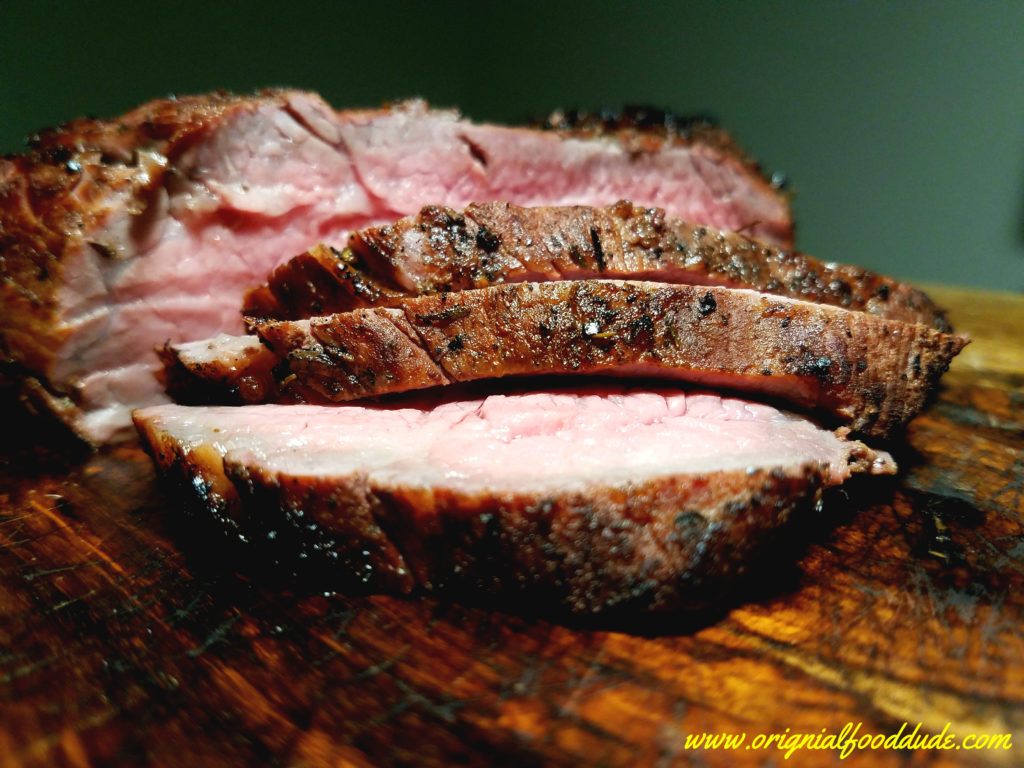
Can’t you just smell the sweet smoke
The beauty here is marrying the texture and rich flavor of the beef (I let my tri-tip age at least a week longer to tenderize it a little more) with the sweet and strong smoky flavor of the plum. It makes for a killer combination.
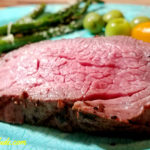
Plum Wood Tri-Tip
A delicious way to get outside. This savory tri-tip with the sweet plum smoke is sure to please everyone at your next gathering.
Ingredients
- 2 lb Tri-tip Trimmed
- 2 tbsp Pink Rock Salt
- 2 tbsp Whole Black Peppercorns
- 2 tsp Dried Thyme Leaves
- 2 tsp Red Wine Vinegar
- 2 cloves Garlic
Instructions
-
Start your coals on one side of your grill only, you should have half the grill hot and half warm.
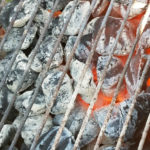
-
Trim the tri-tip of excess fat, there will always be some fat. Which adds a lot to the flavor.
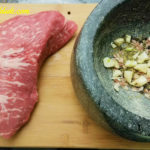
-
Grind all the spices and garlic together, to a coarse grind.
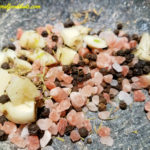
-
Generously rub the tri-tip with red wine vinegar then the rub. Coat it evenly.
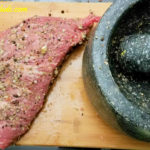
-
Add your wood chips to the hot coals (I use plum but if you can't find it use apple or cherry). Sear the tri-tip directly over the coals for 5 min on each side.
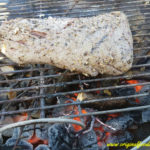
-
Move the meat to the cool side of the grill ensuring that the thickest portion is facing the heat. Insert your meat thermometer.
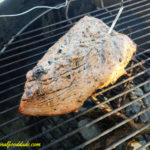
-
Cover the grill and turn down the heat cook for about 1 hr or until the meat reaches 140 degrees F on your thermometer.
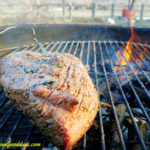
-
Remove from the grill and let the tri-tip rest, loosely covered with tin foil, for about 15 min.
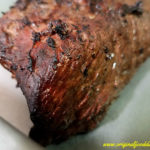
-
Slice in thin slices across the grain (direction of the muscle fibers).
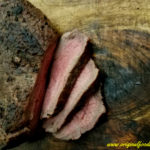
-
Serve and enjoy.
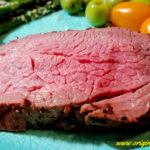
Well if that recipe doesn’t get you excited I don’t know what will. Warm weather, good friends and grilled food make for a great memory.
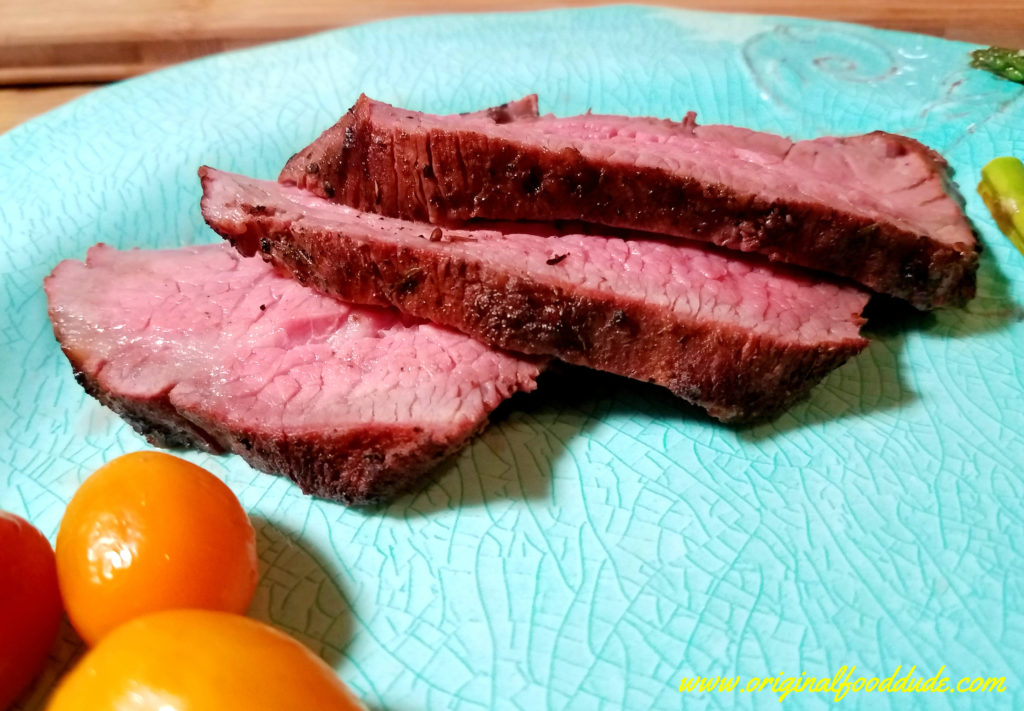
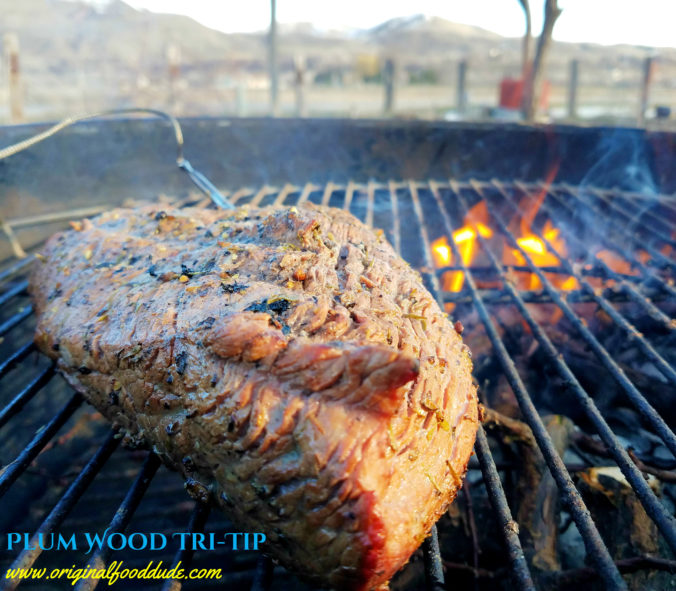


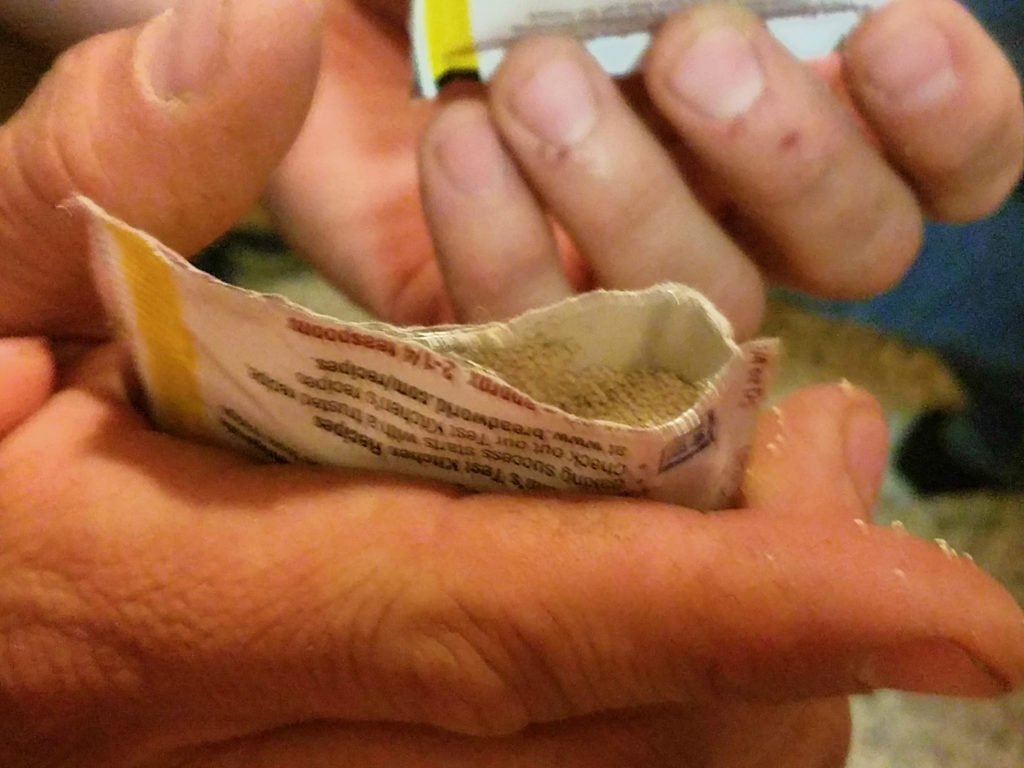
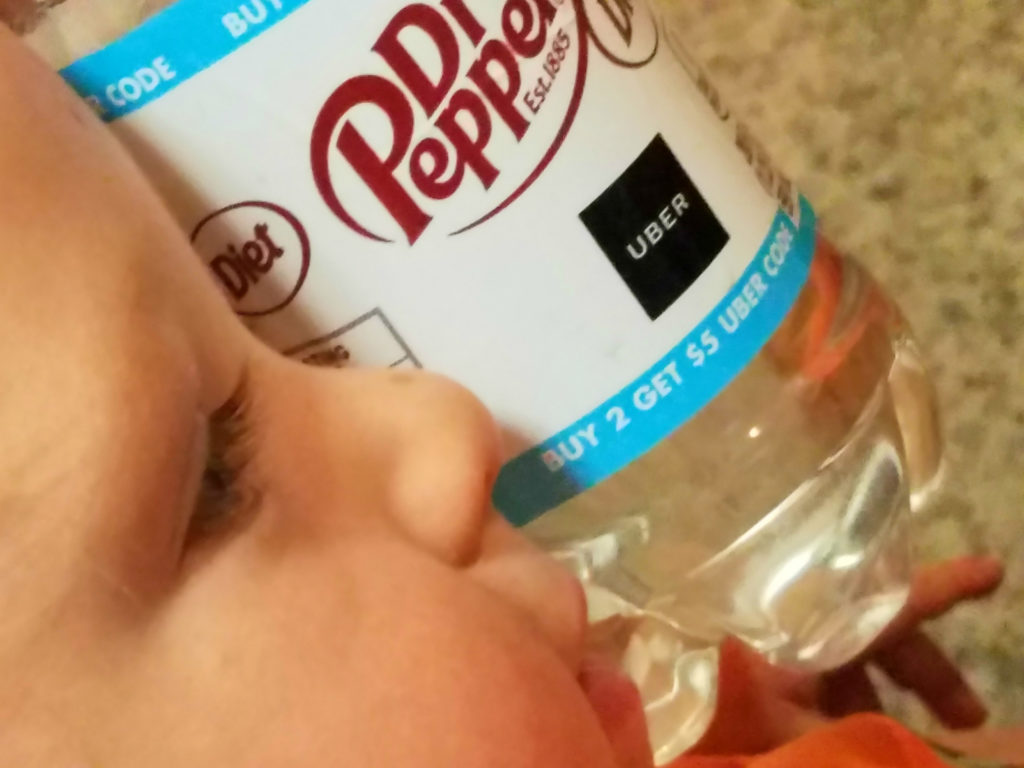

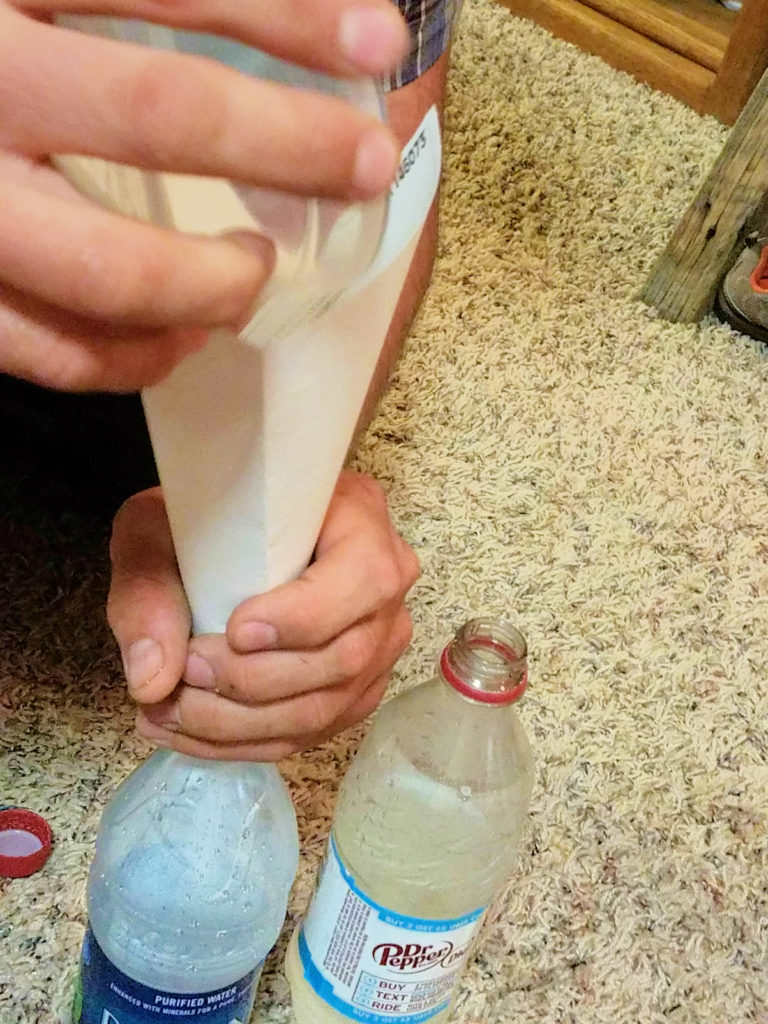








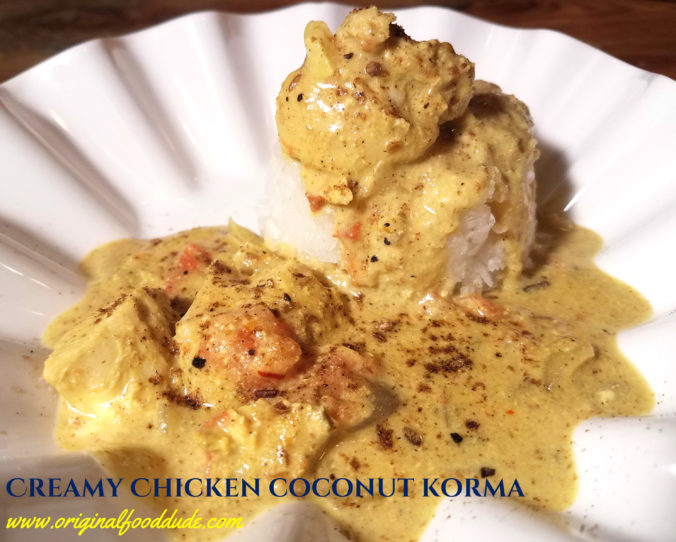
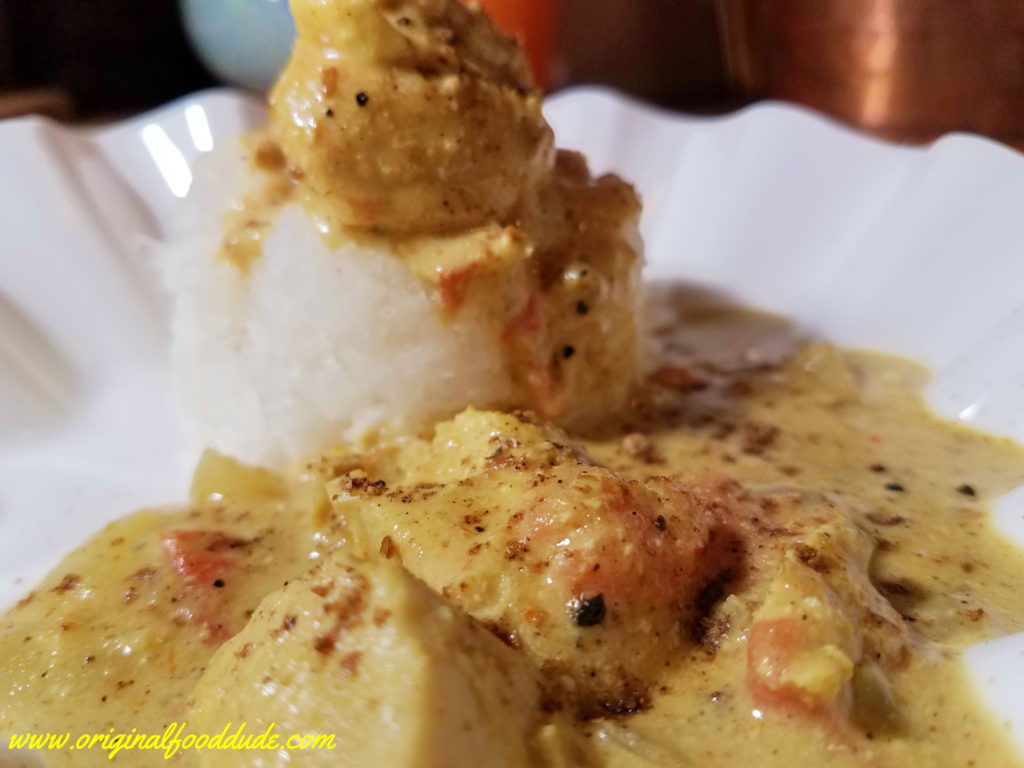
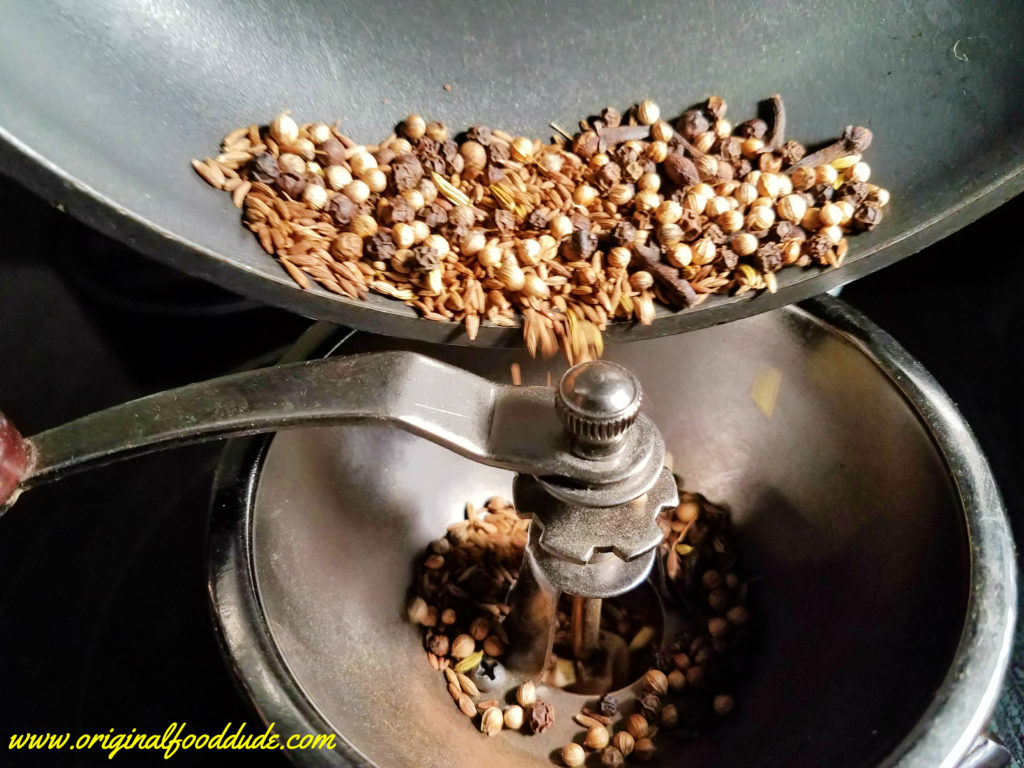
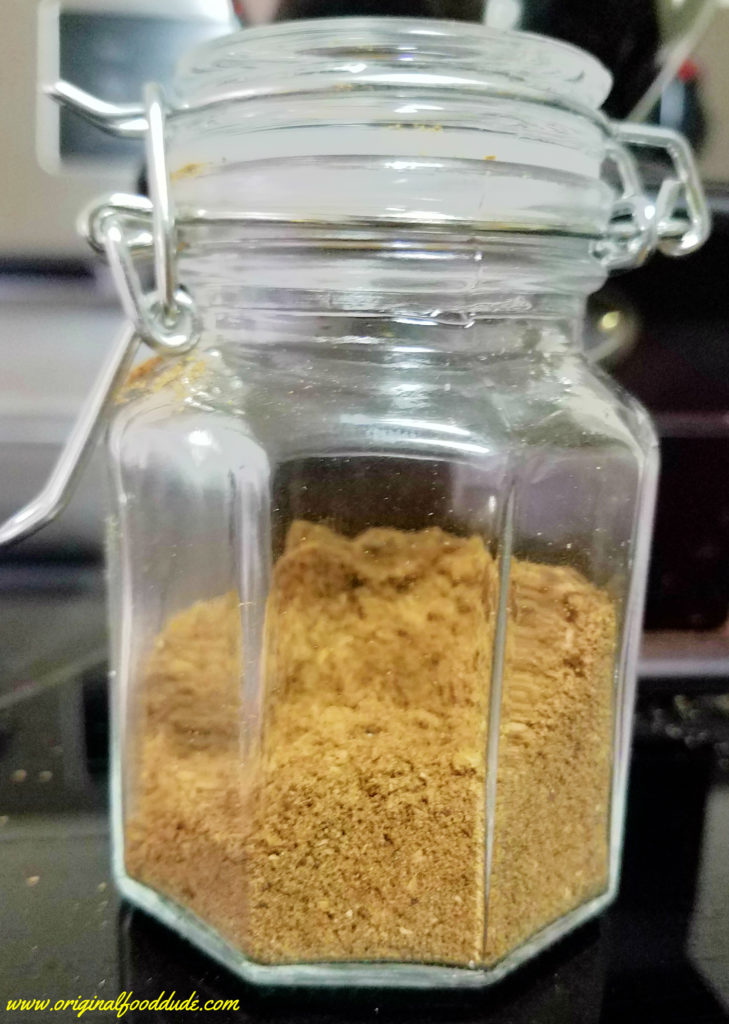
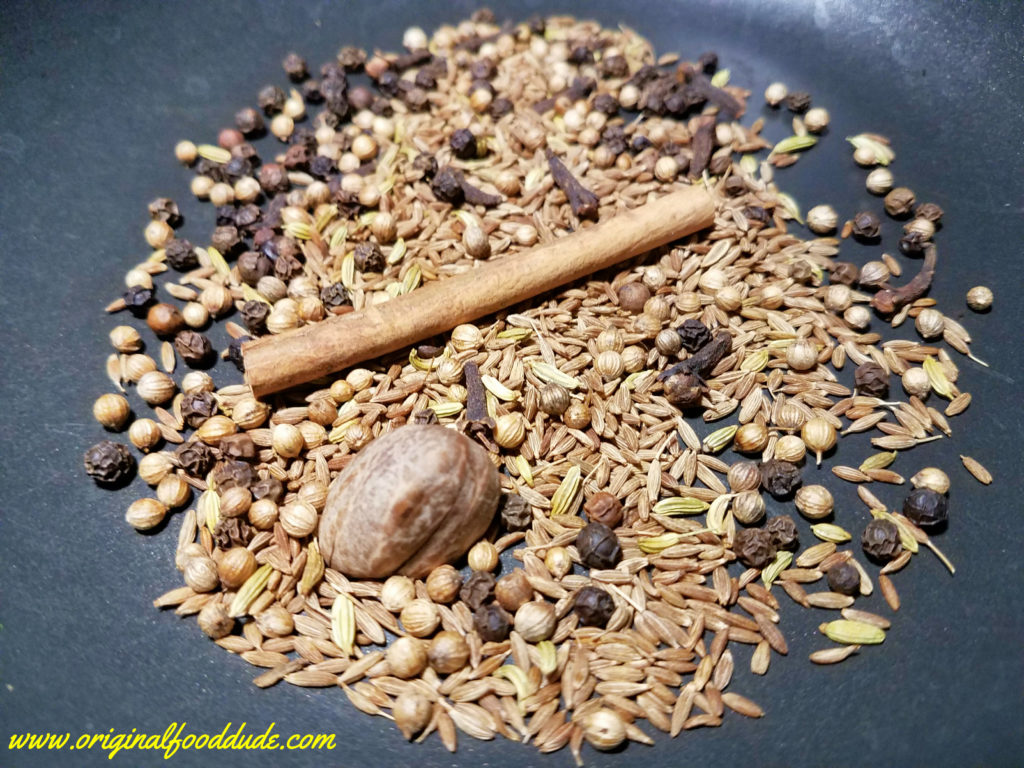
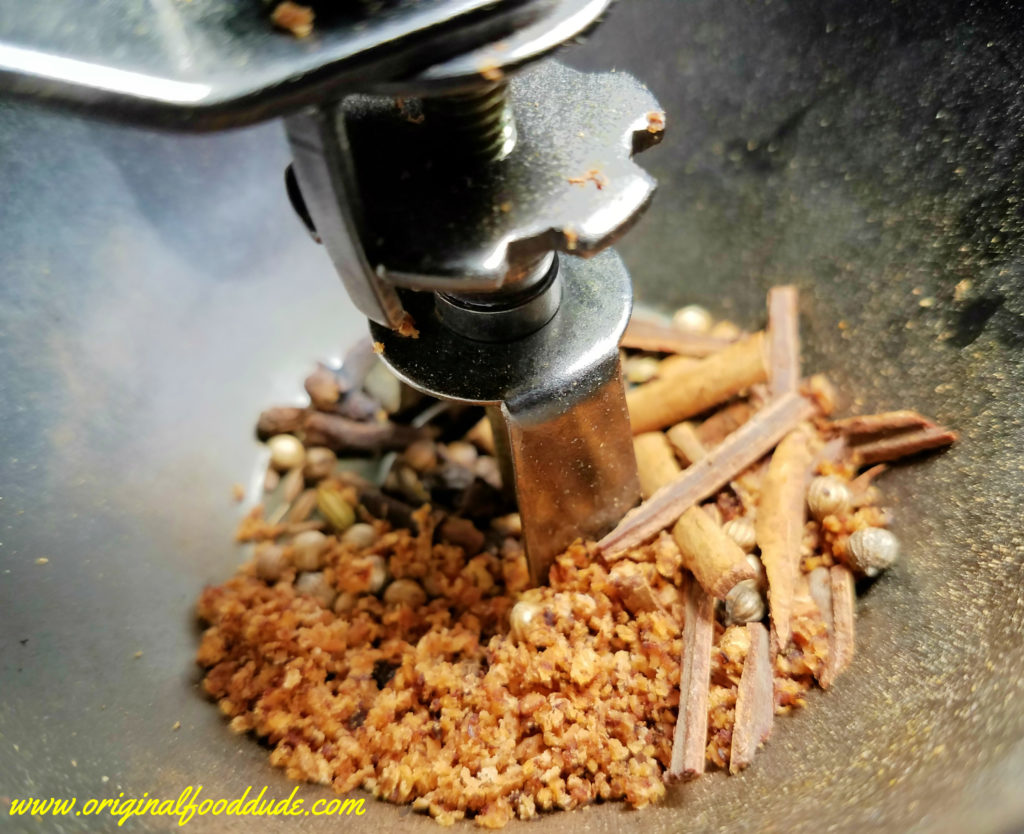
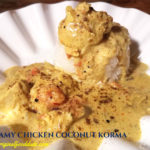
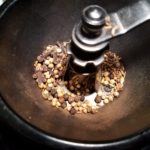
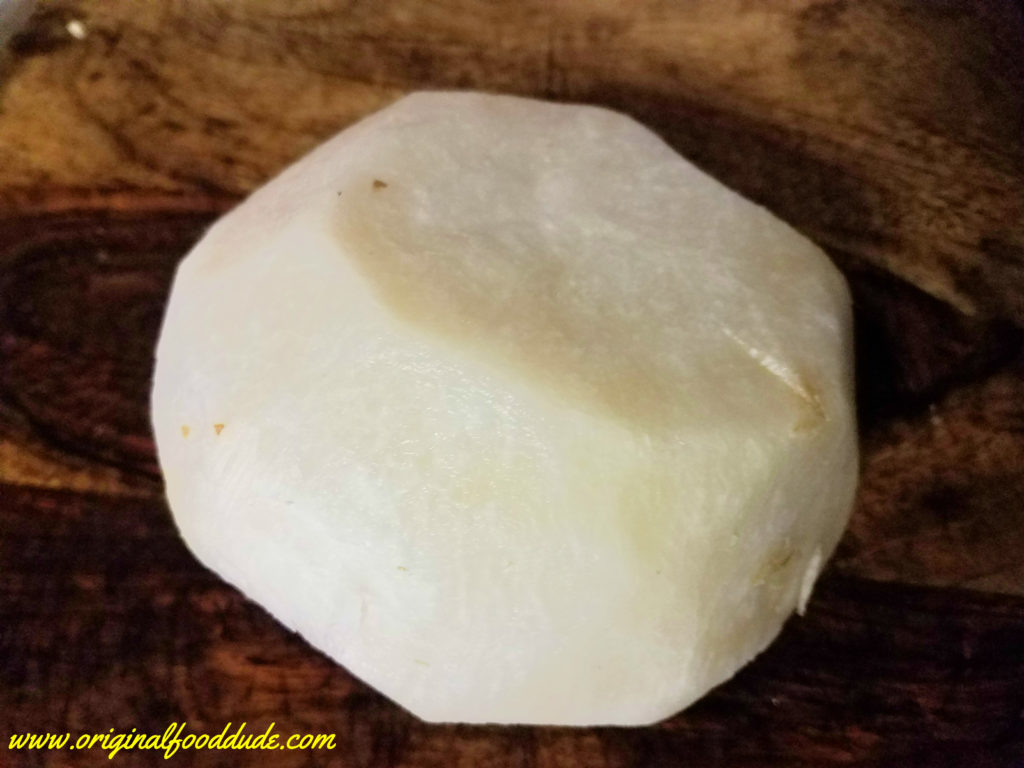
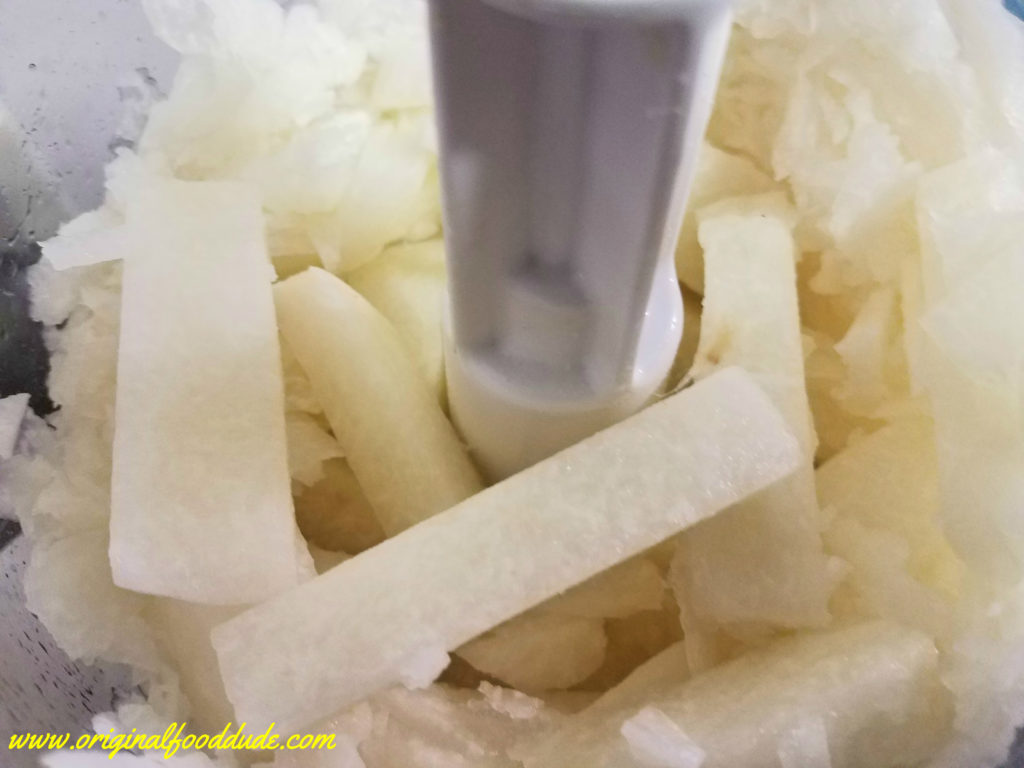
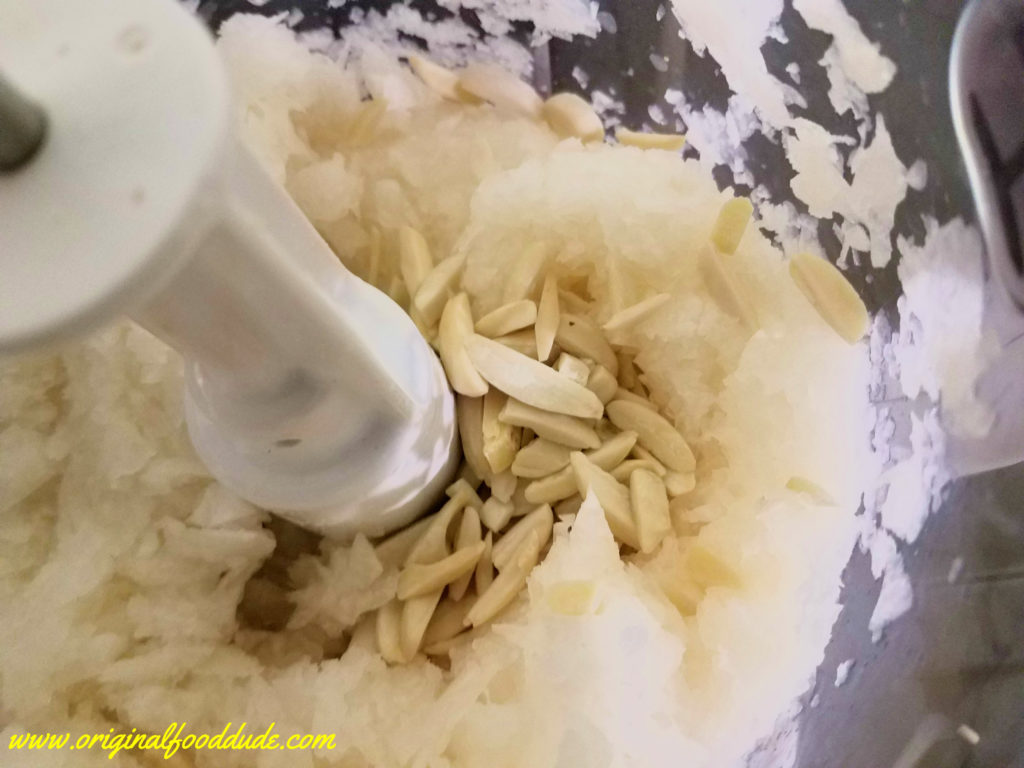
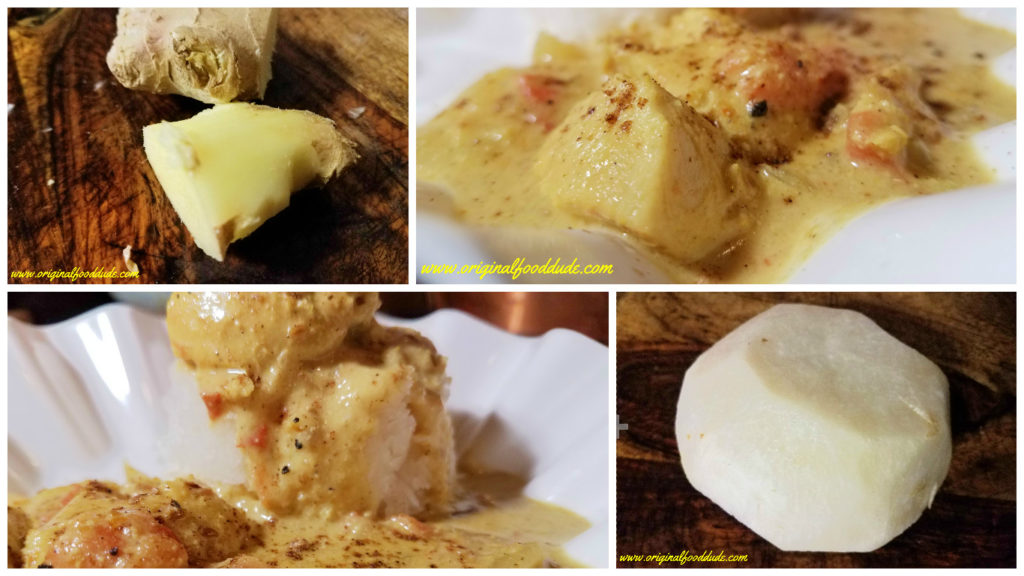
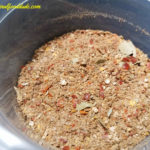
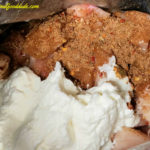
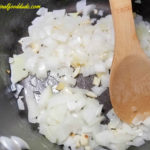
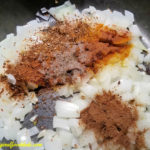
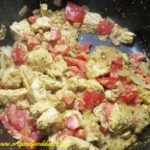
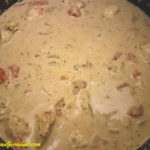
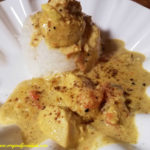
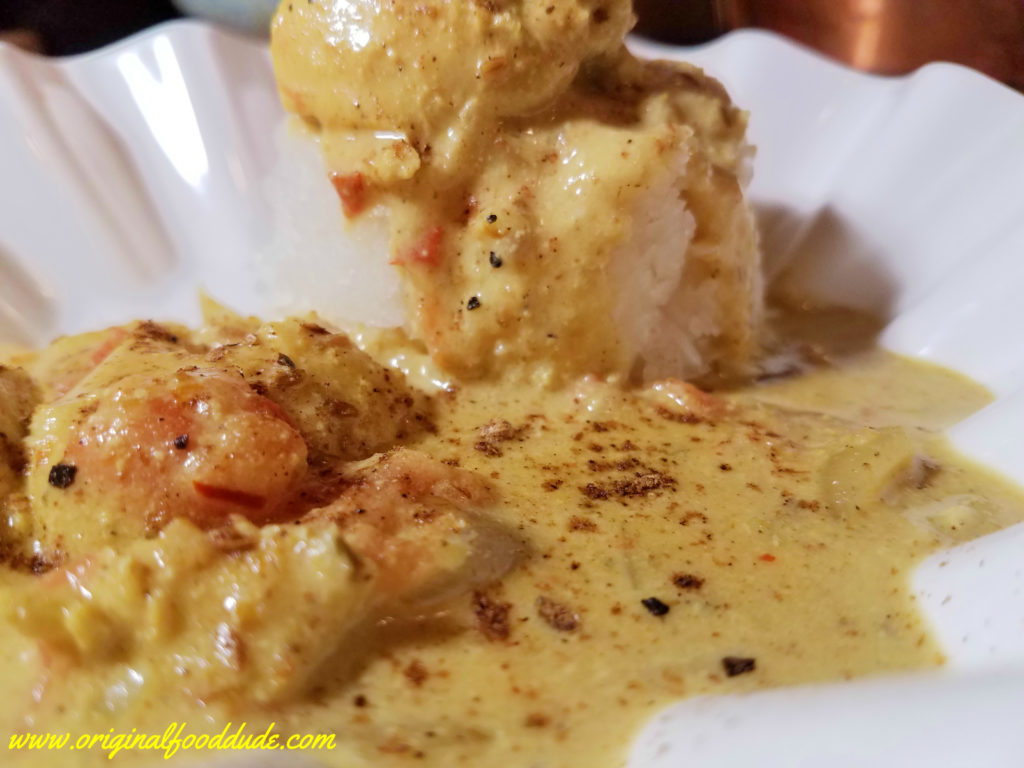
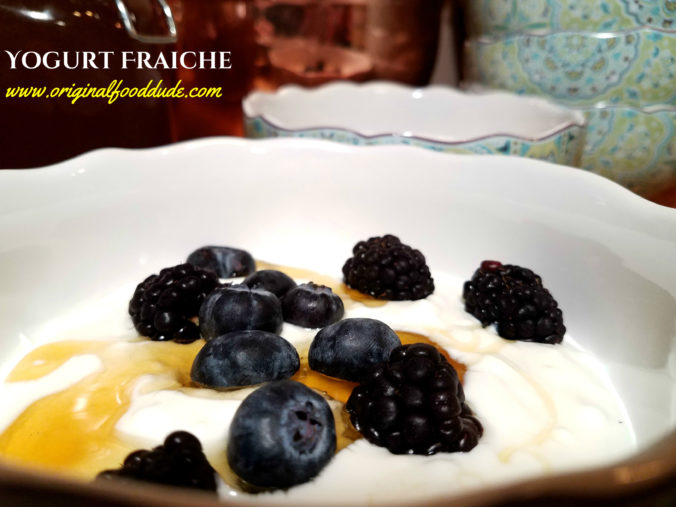
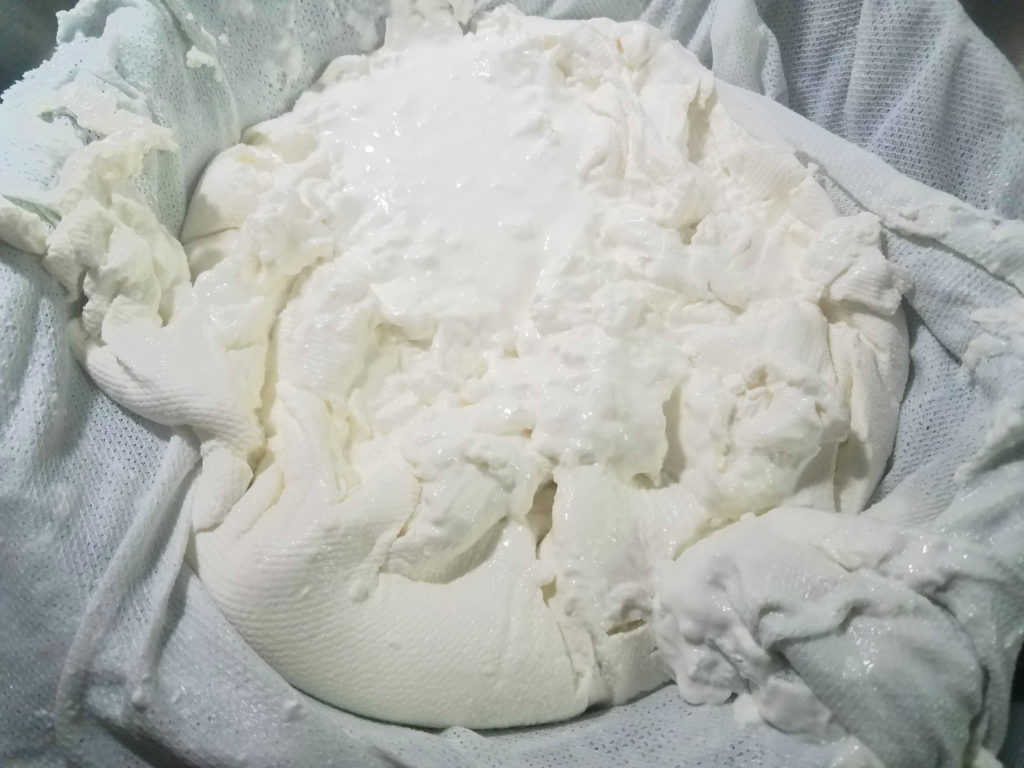
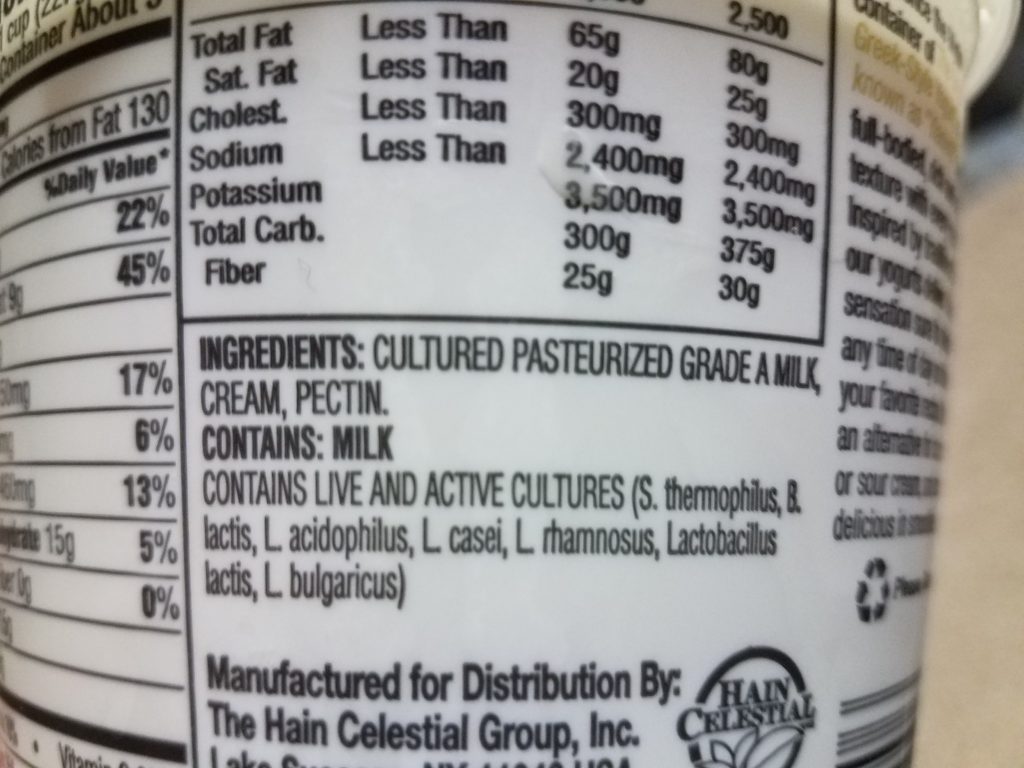
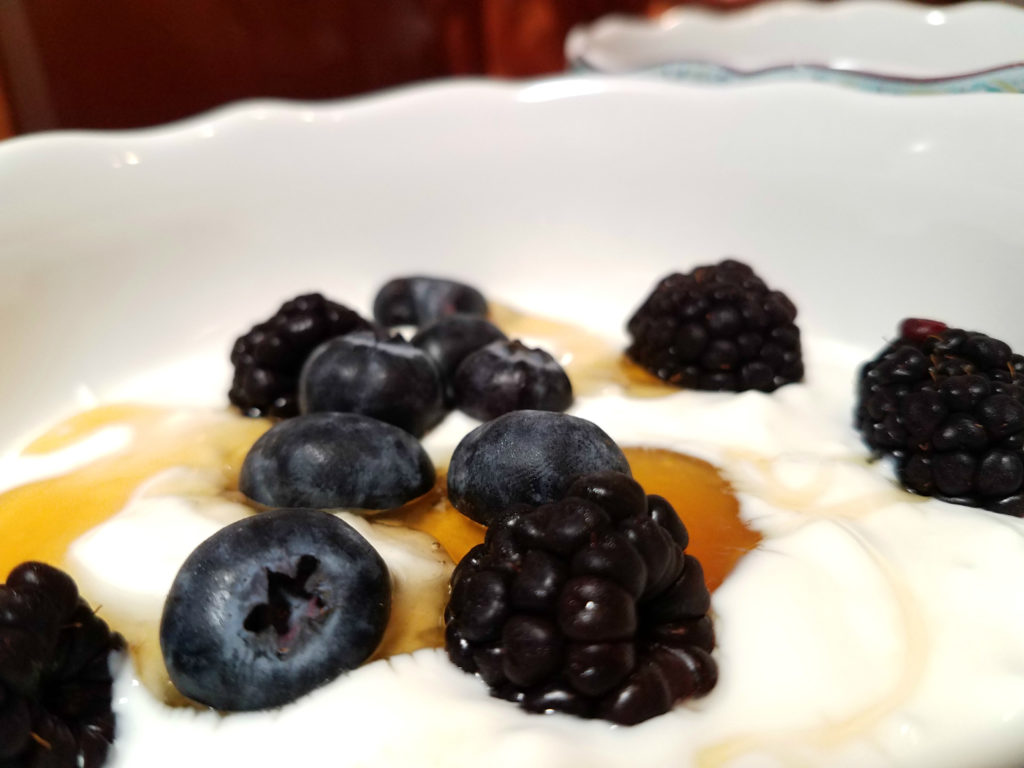
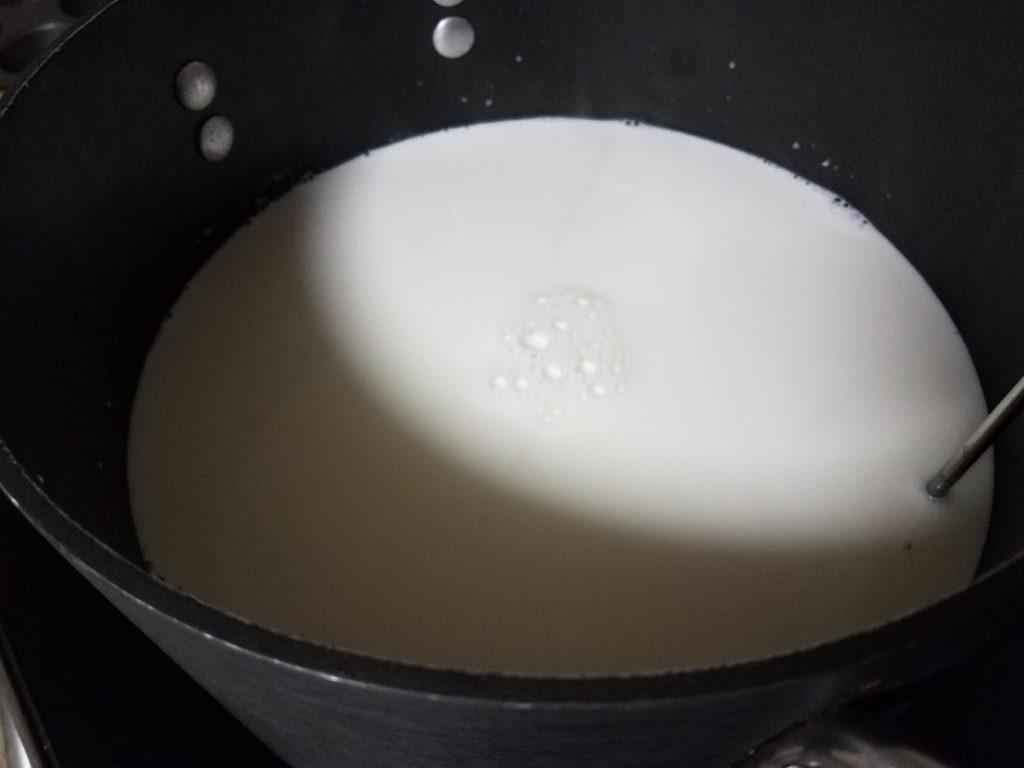
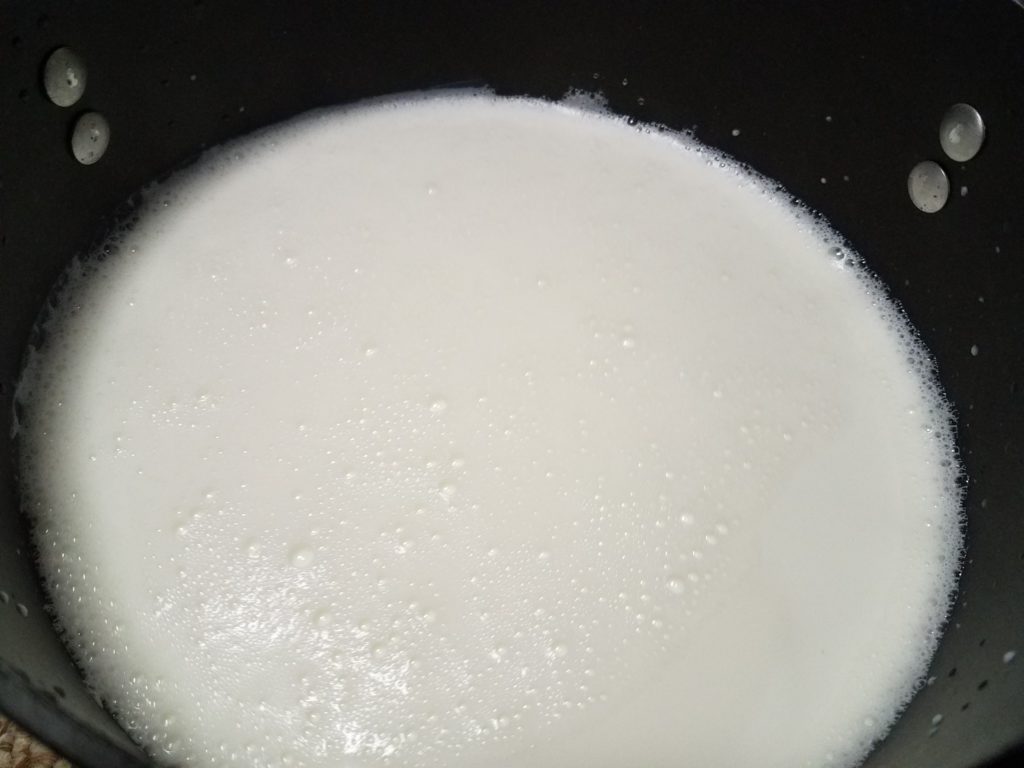
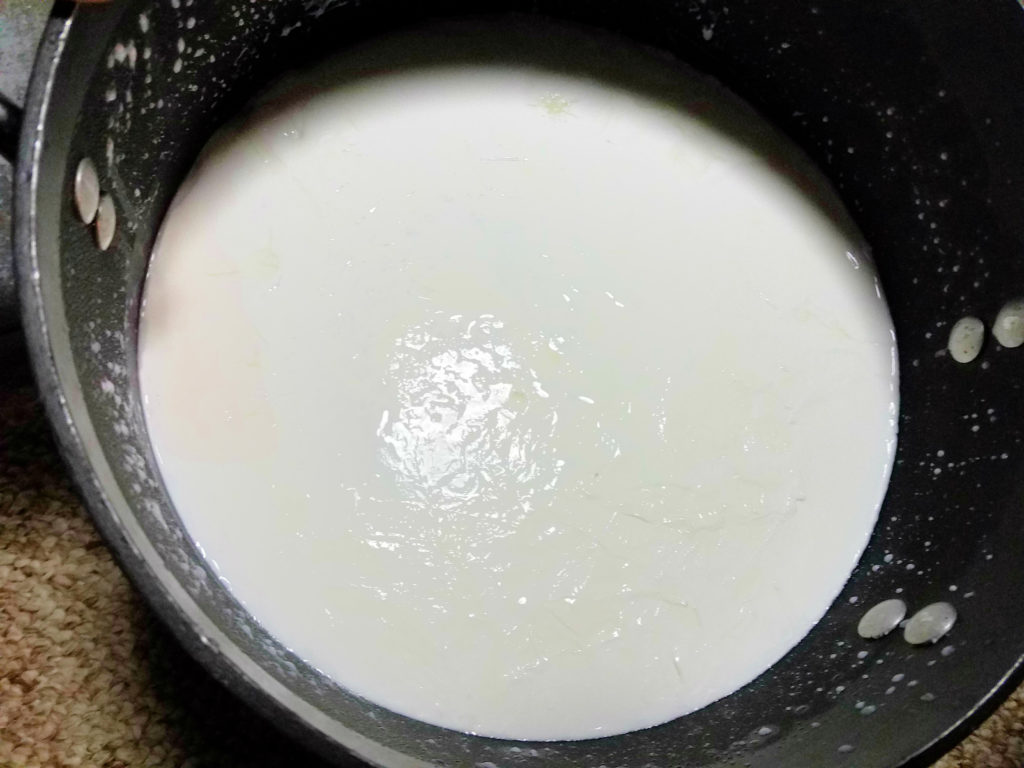
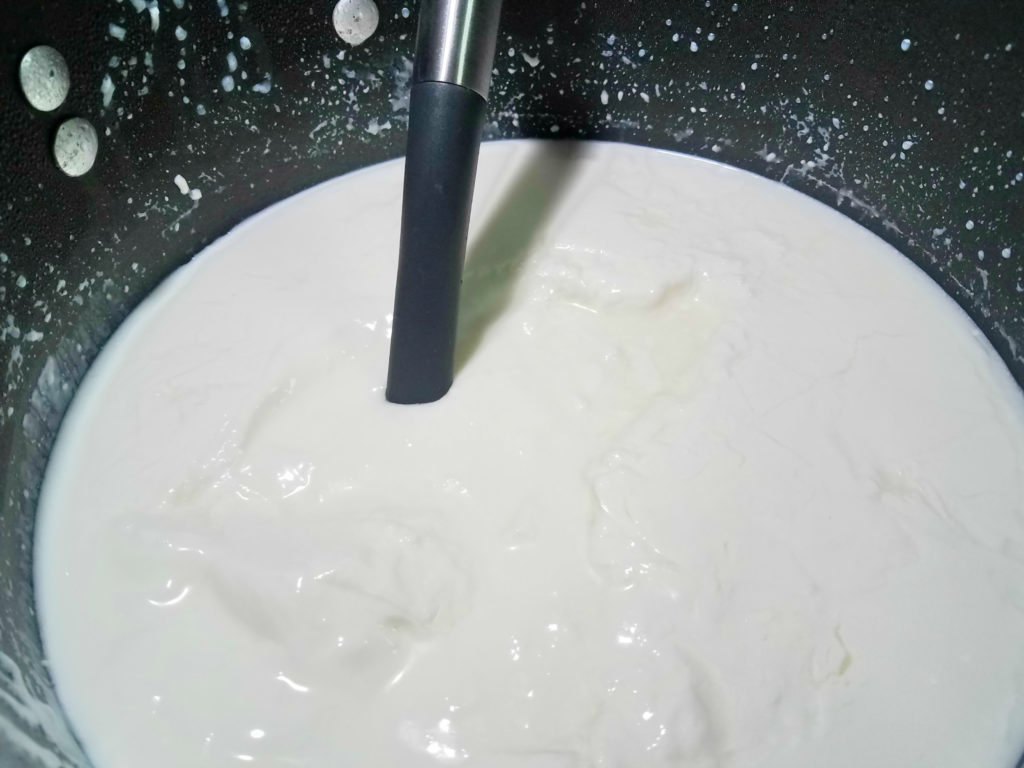
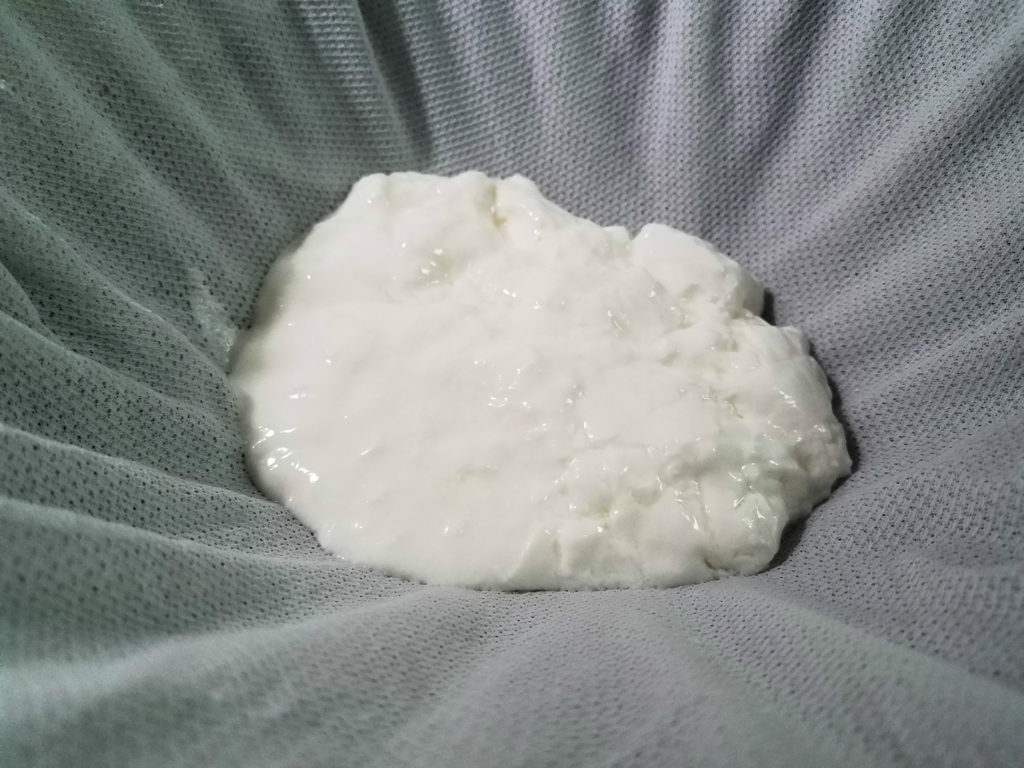
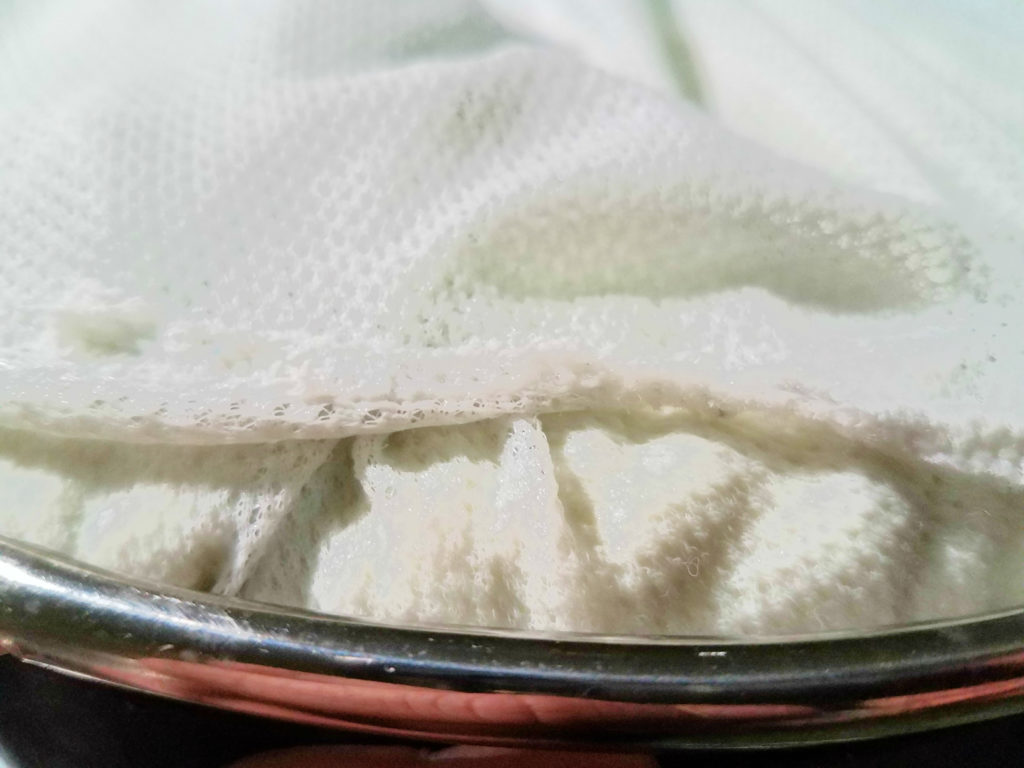
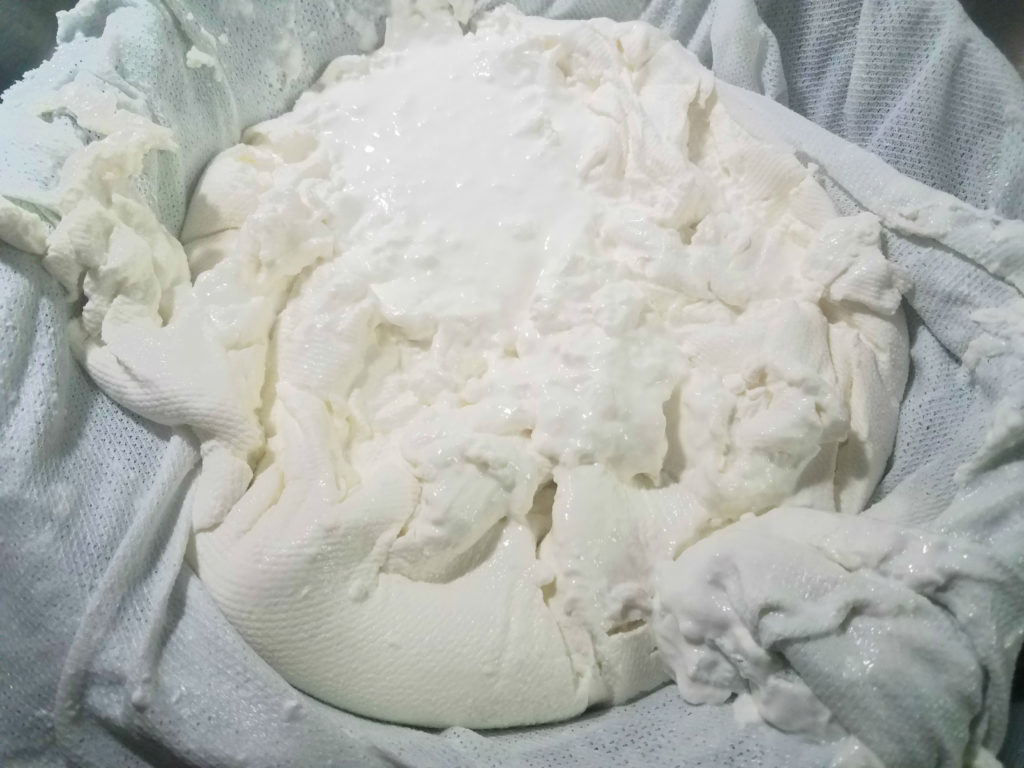
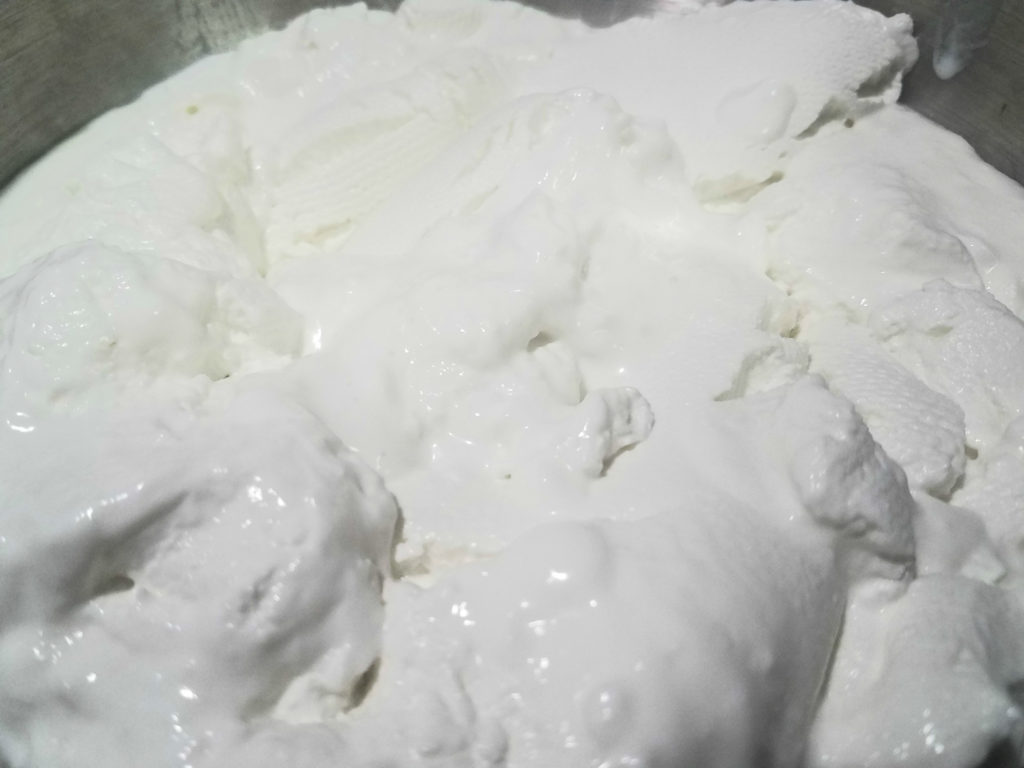
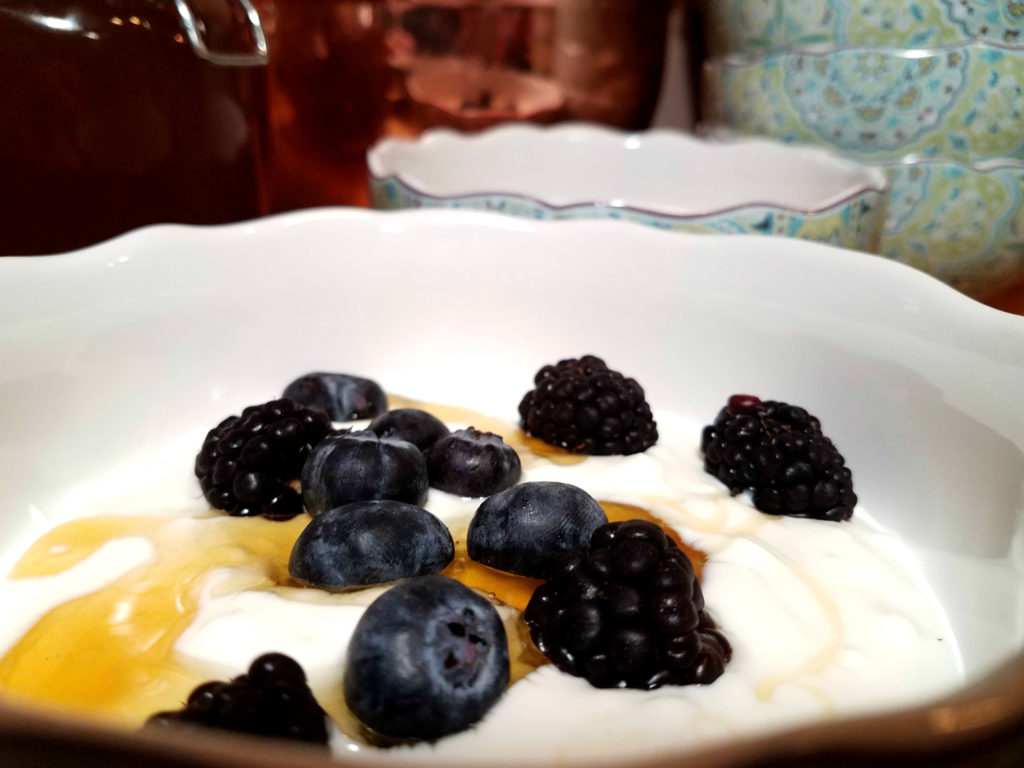
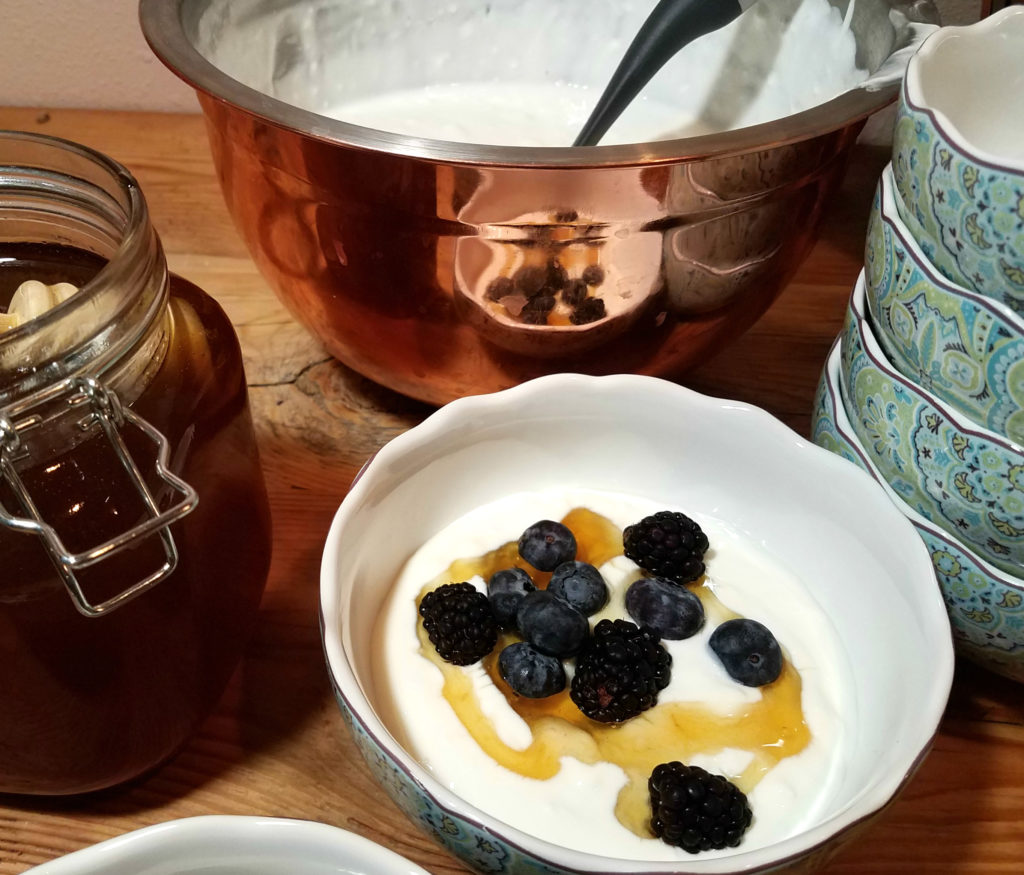

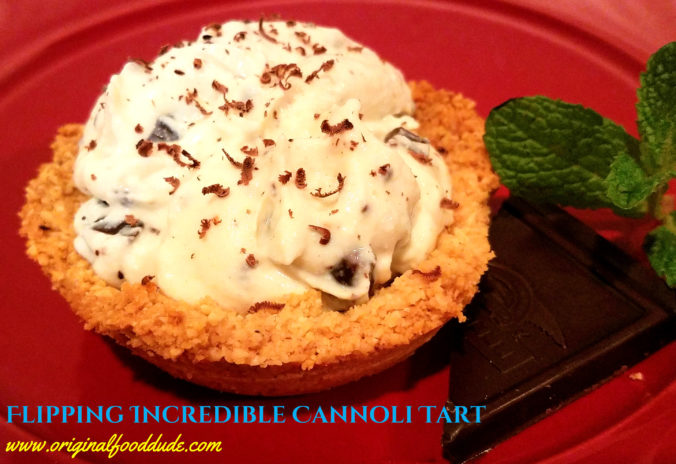
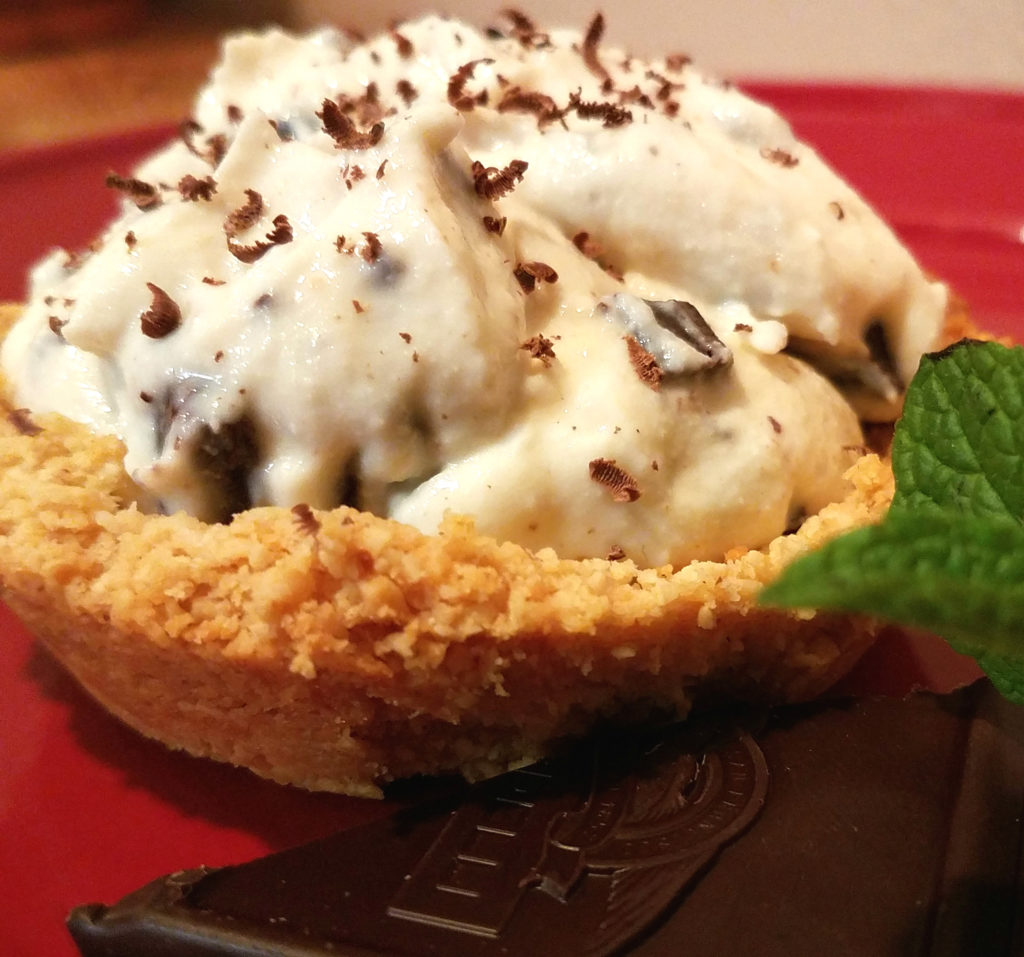
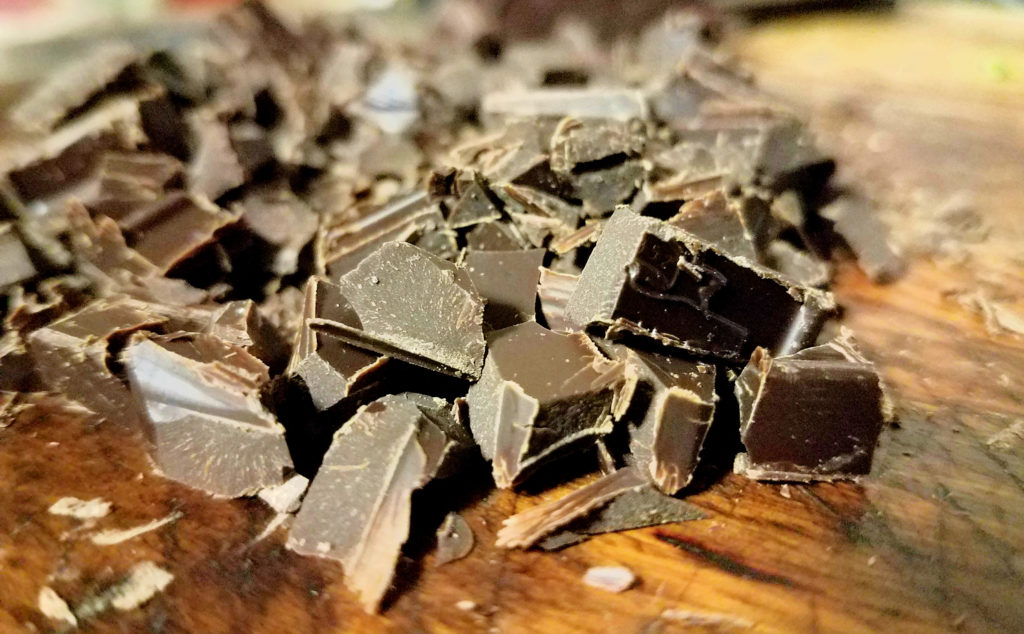

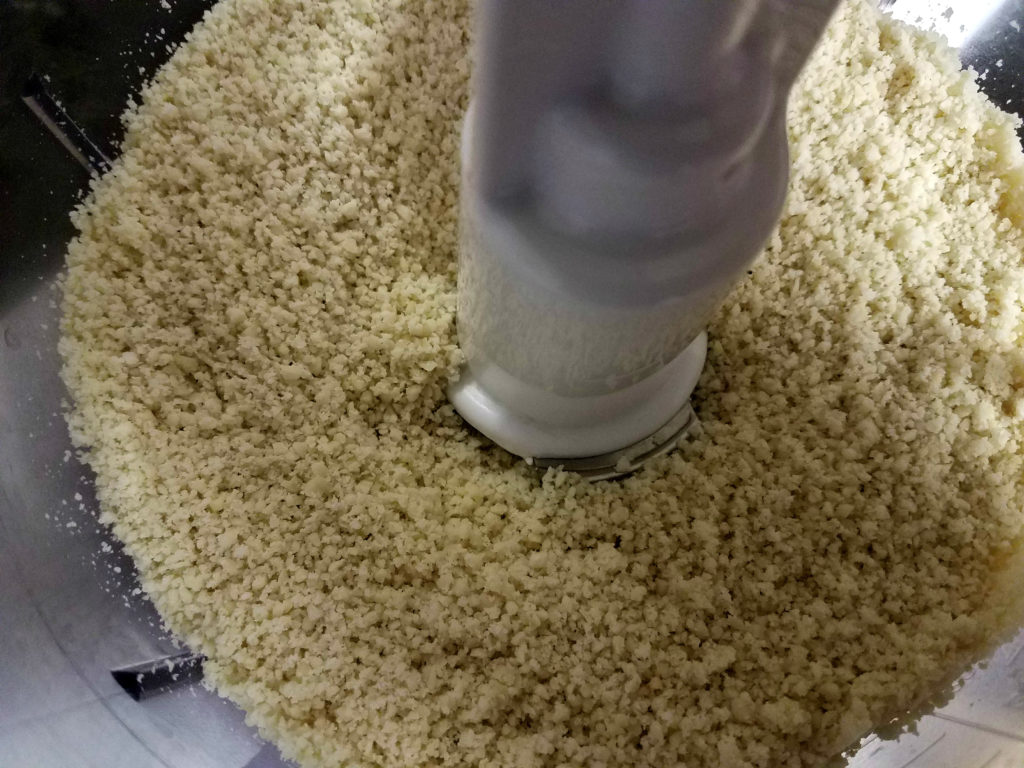
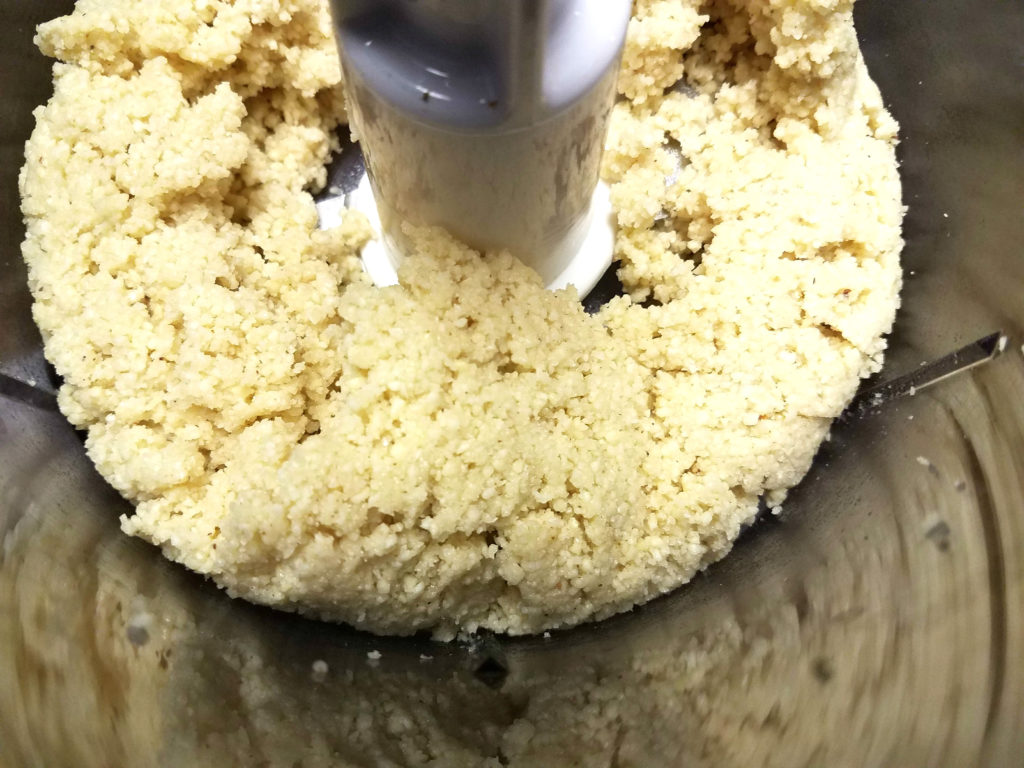
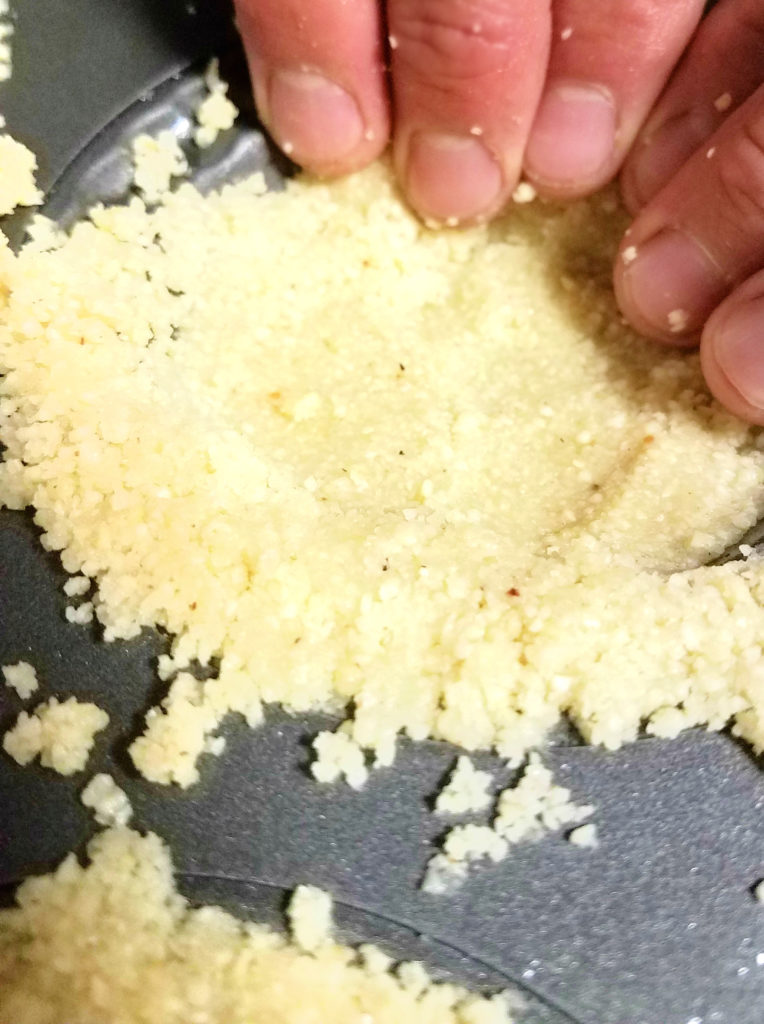
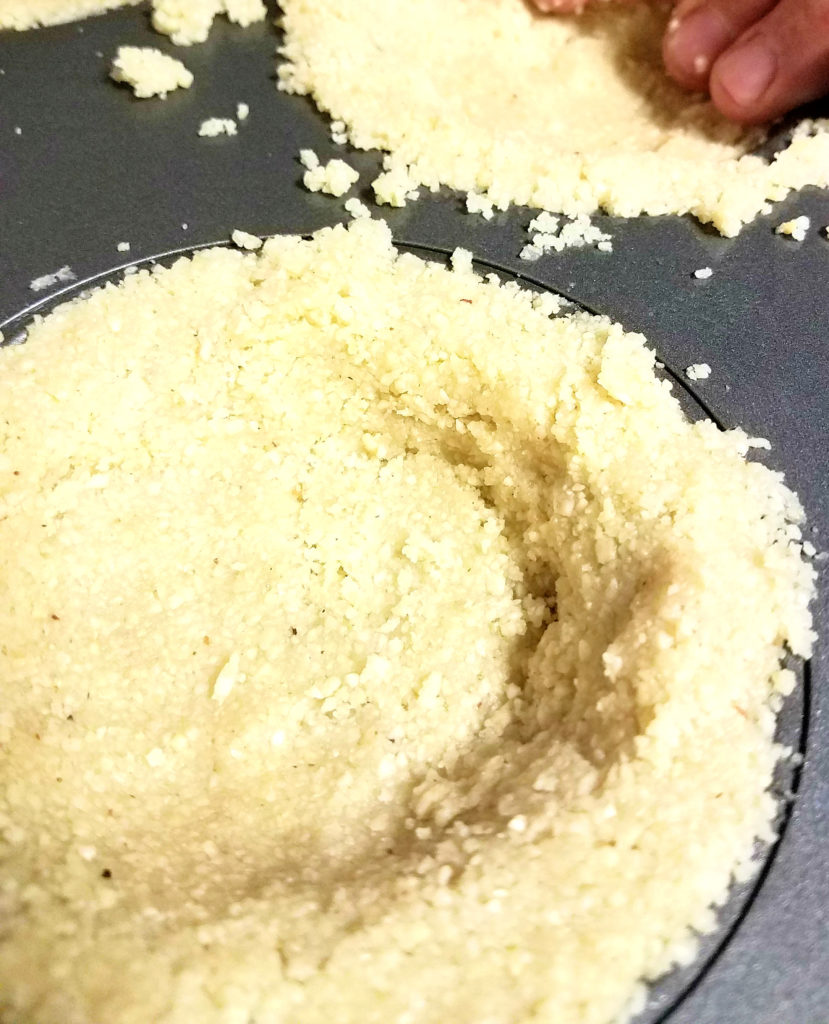

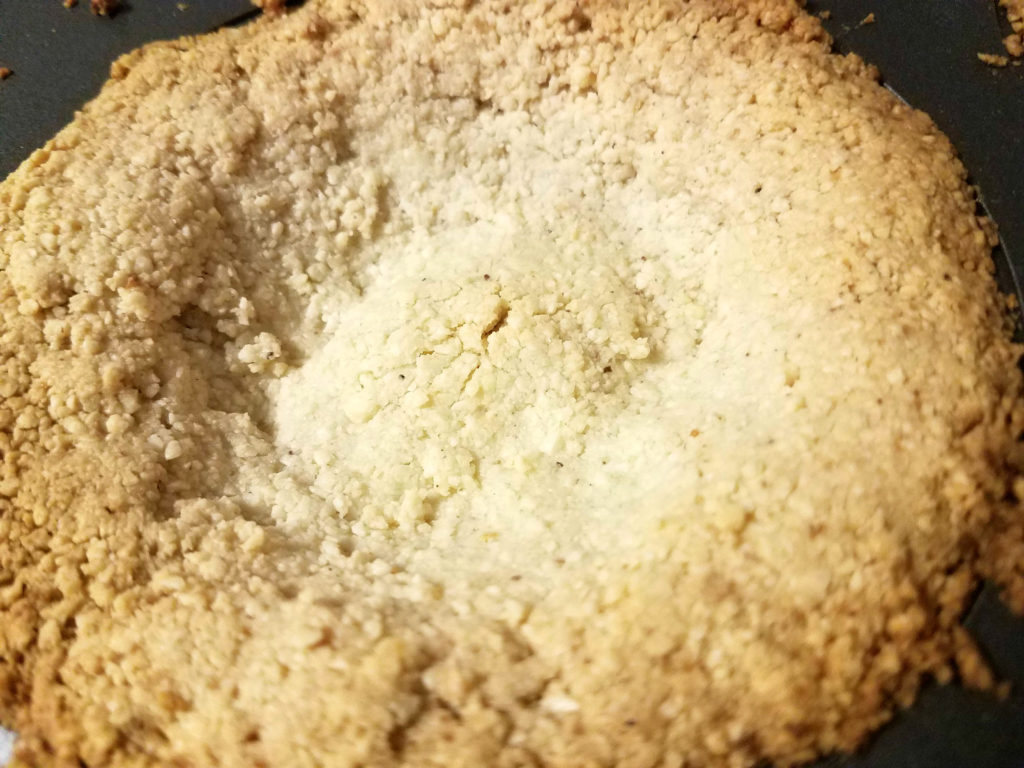
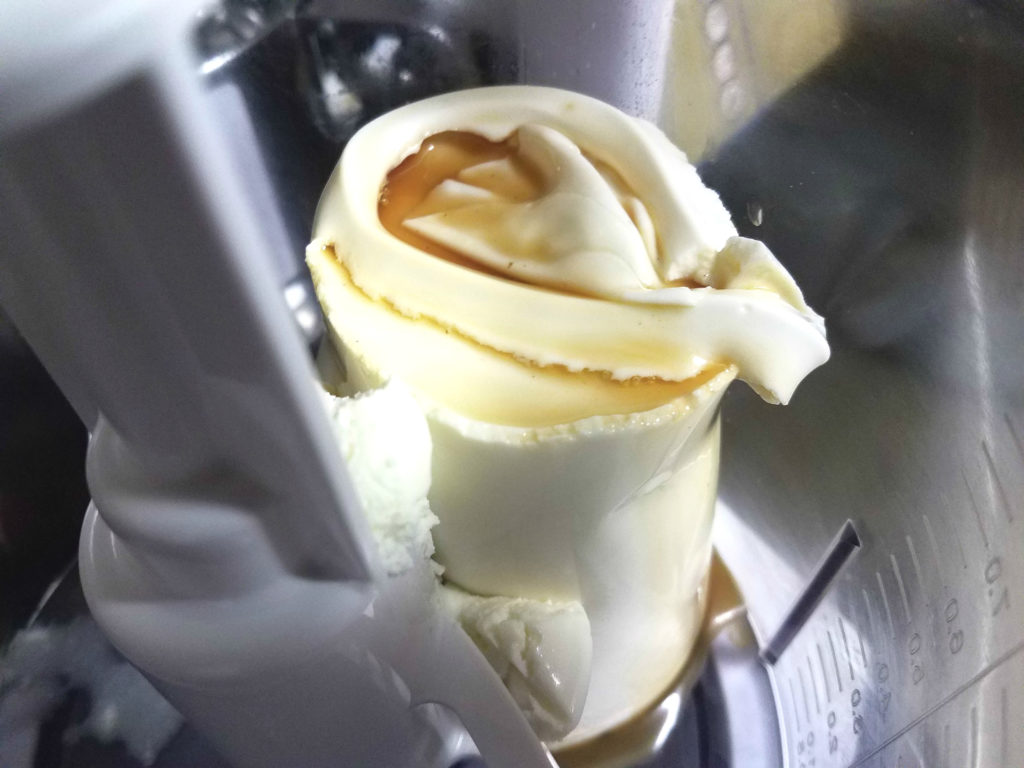
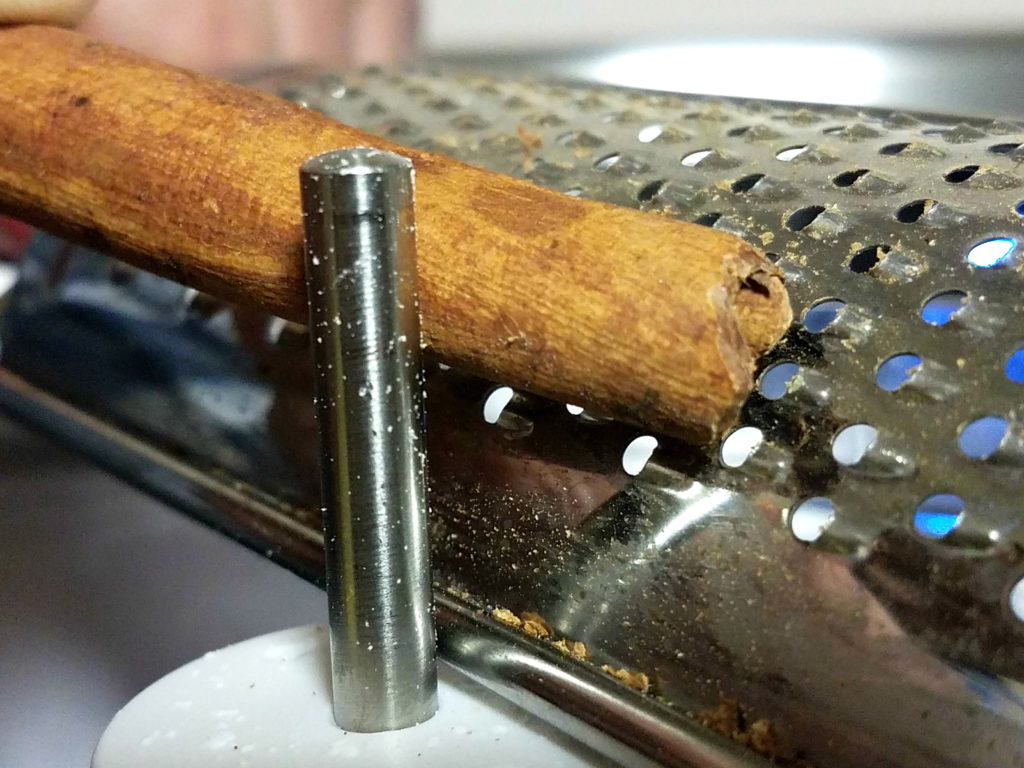
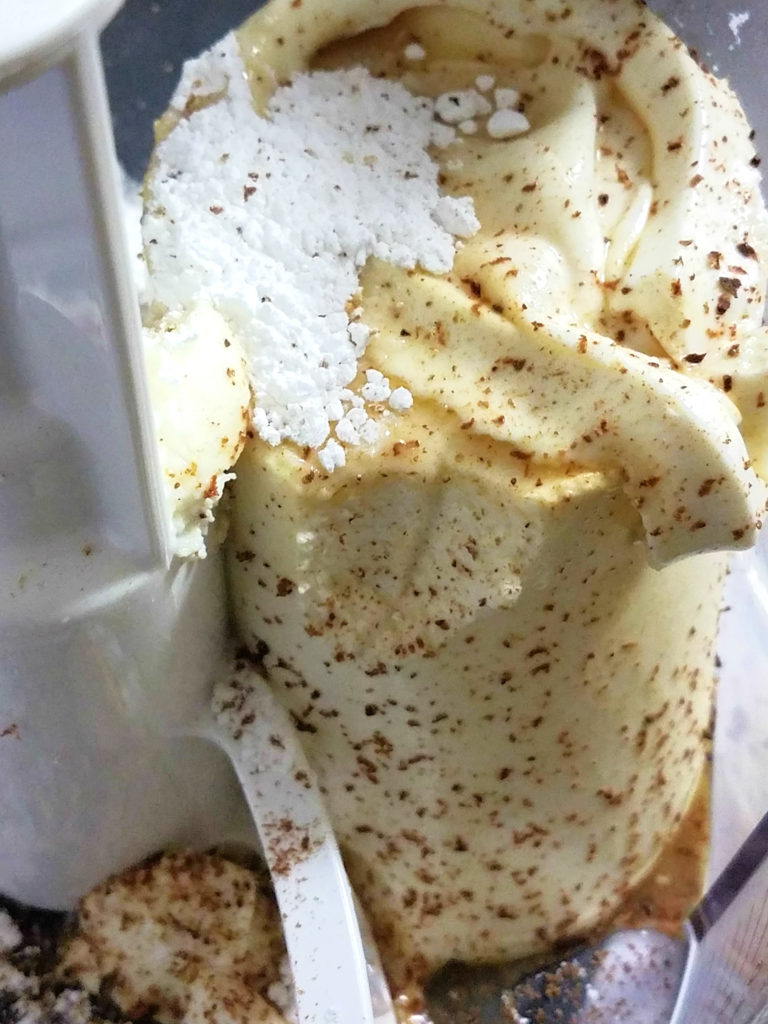
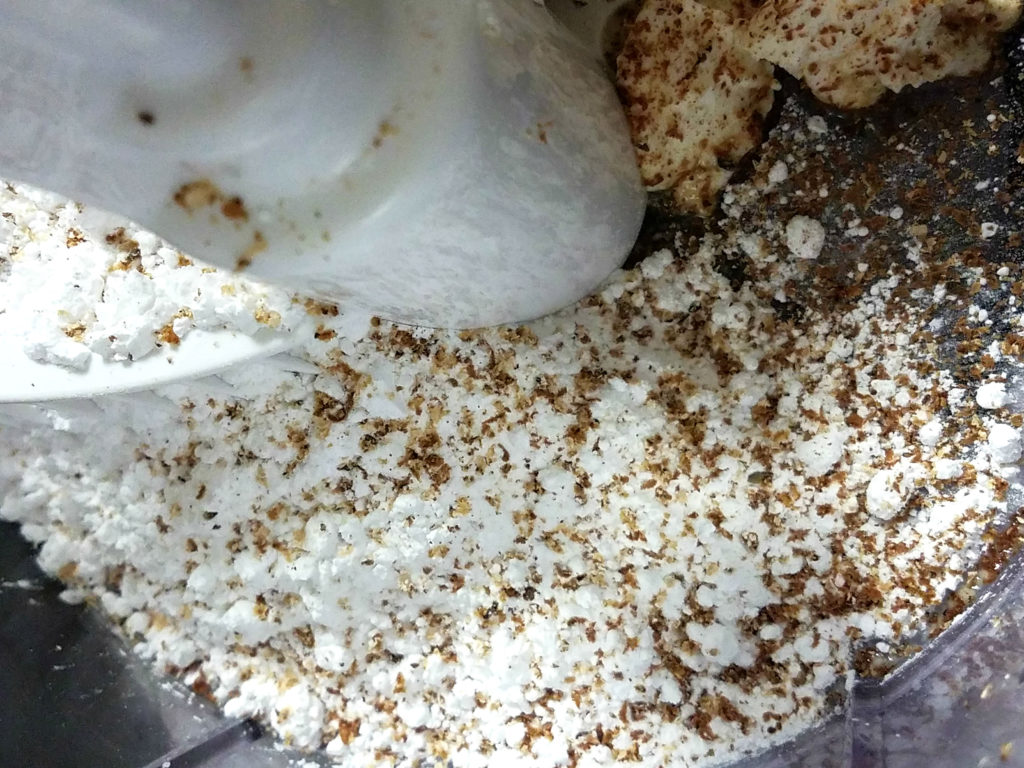
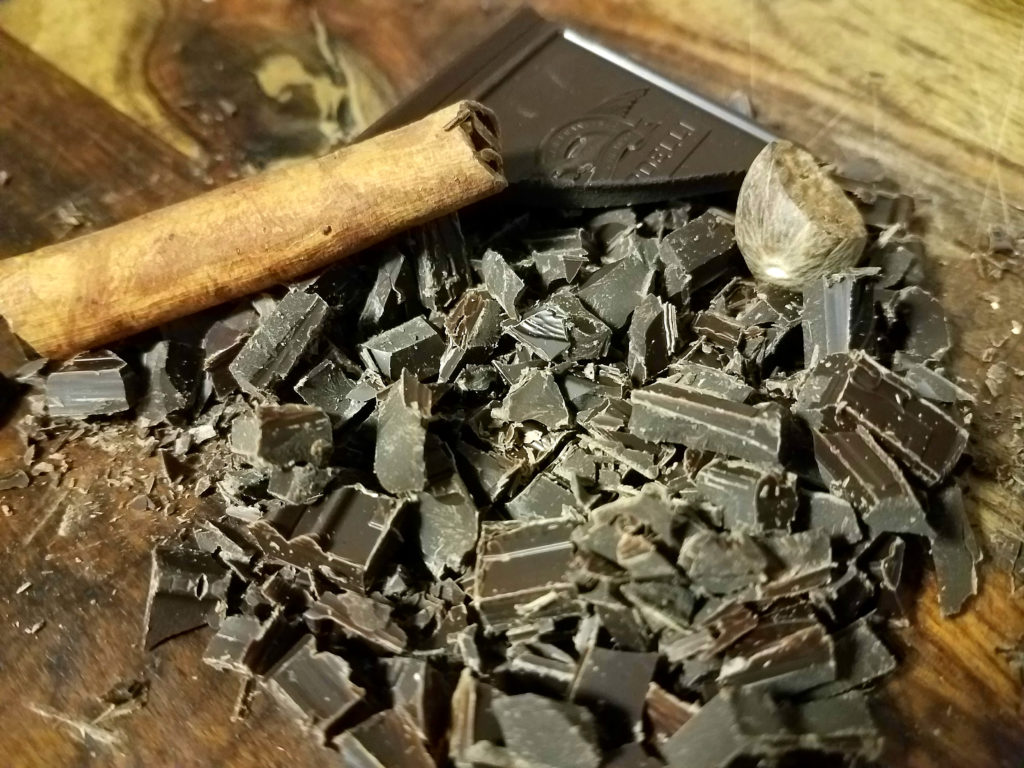
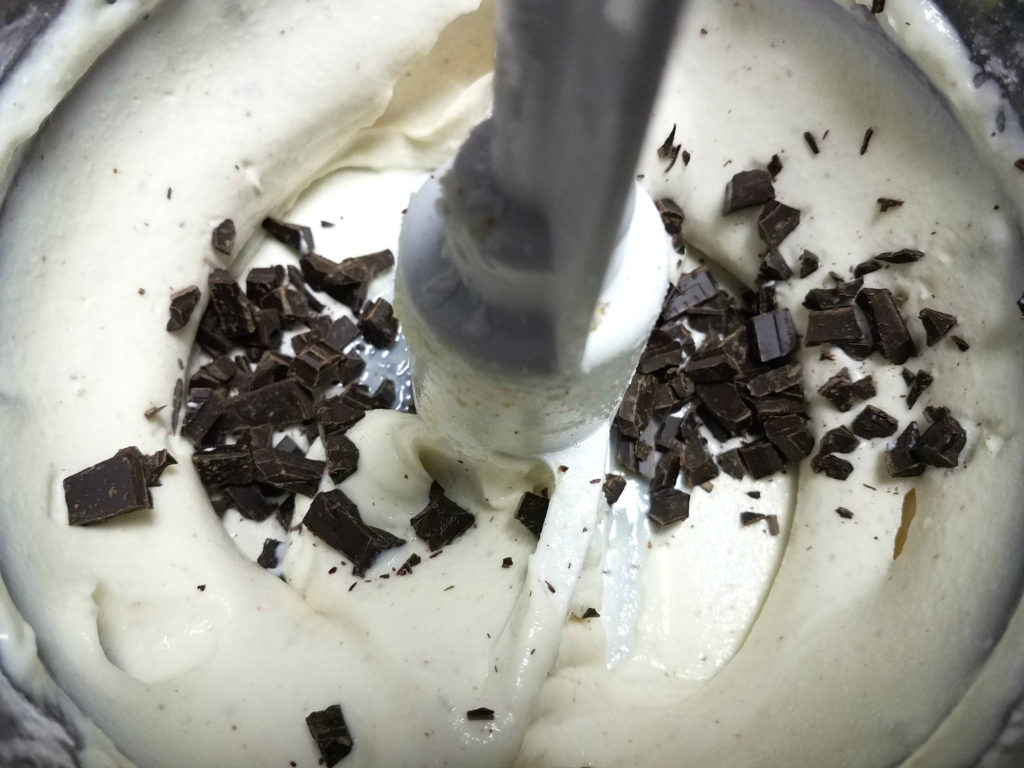
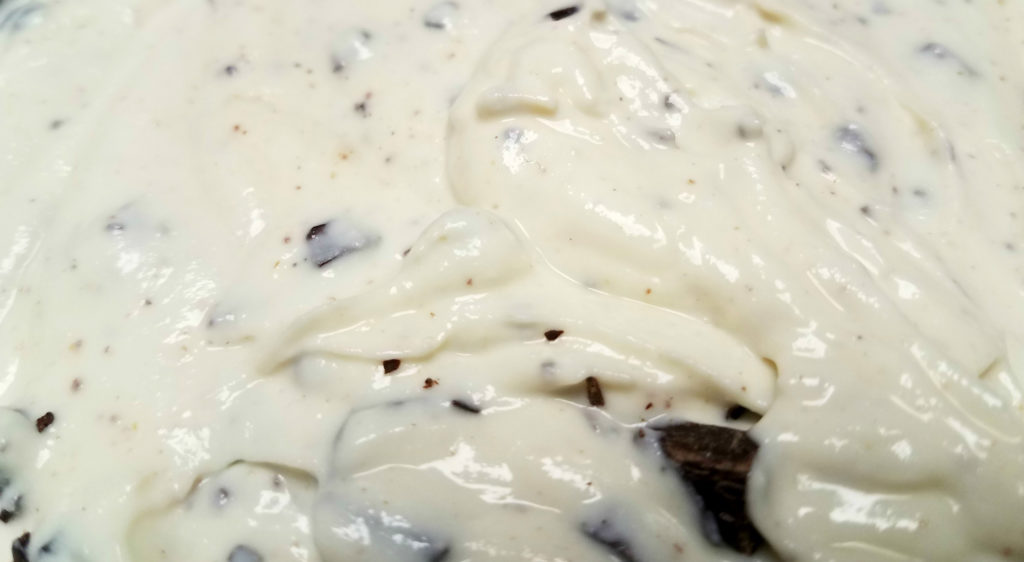
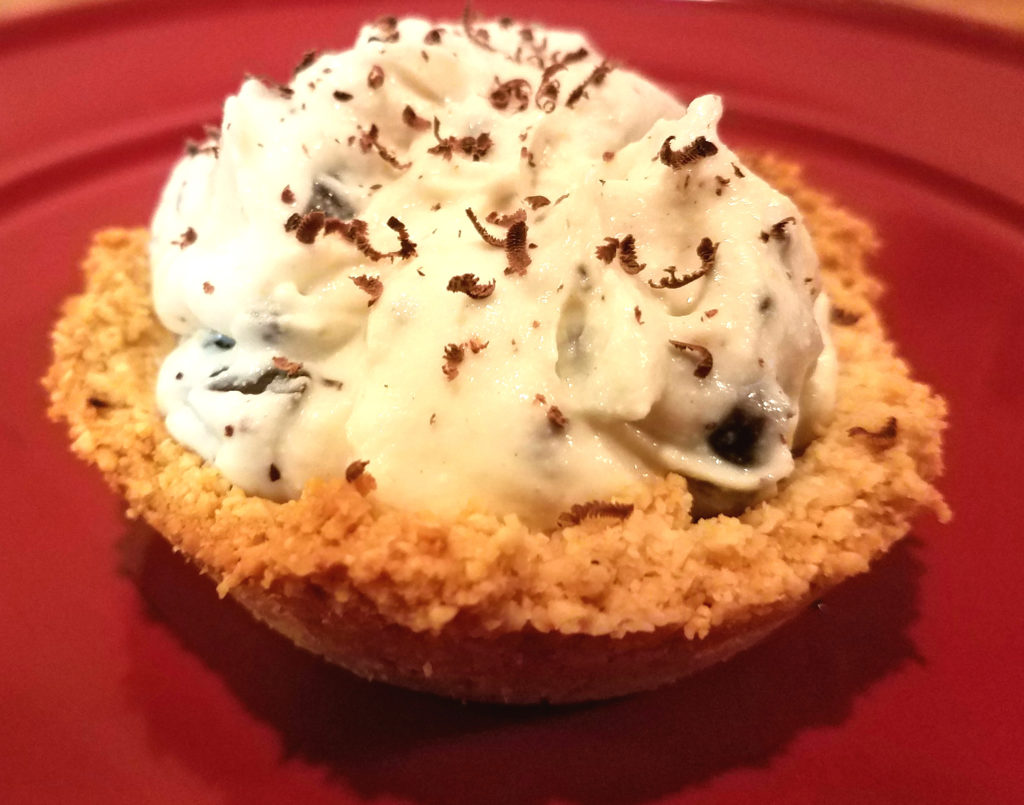
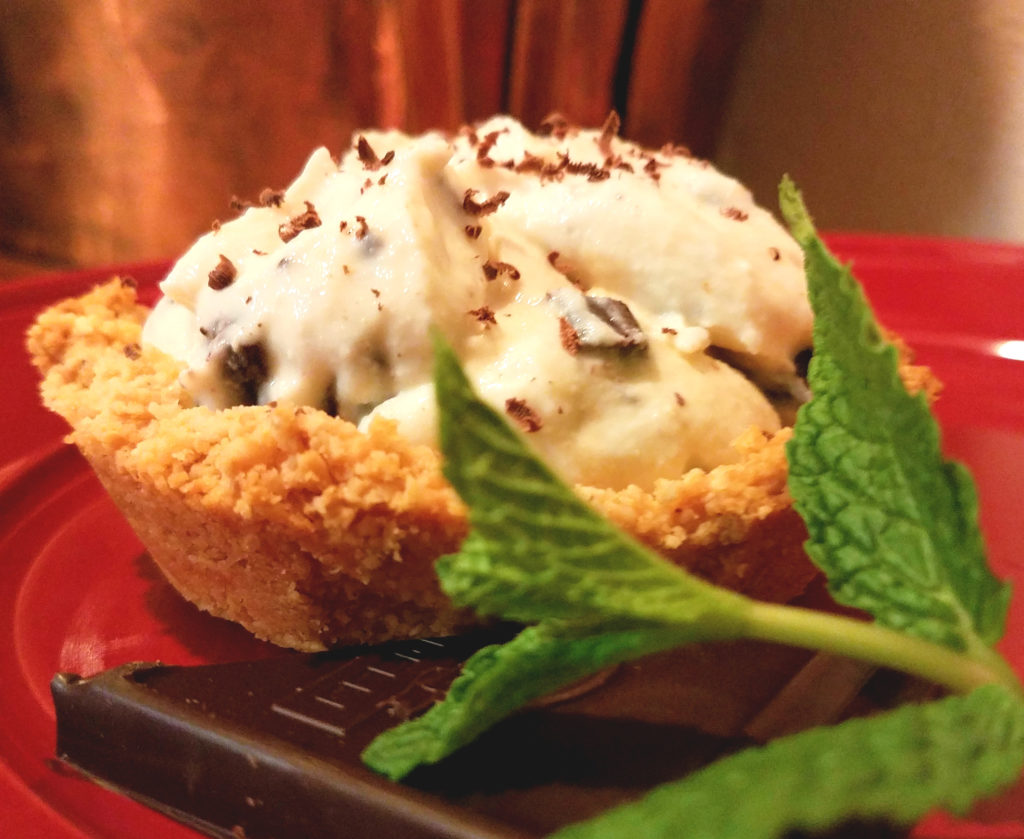
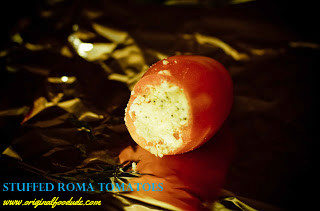


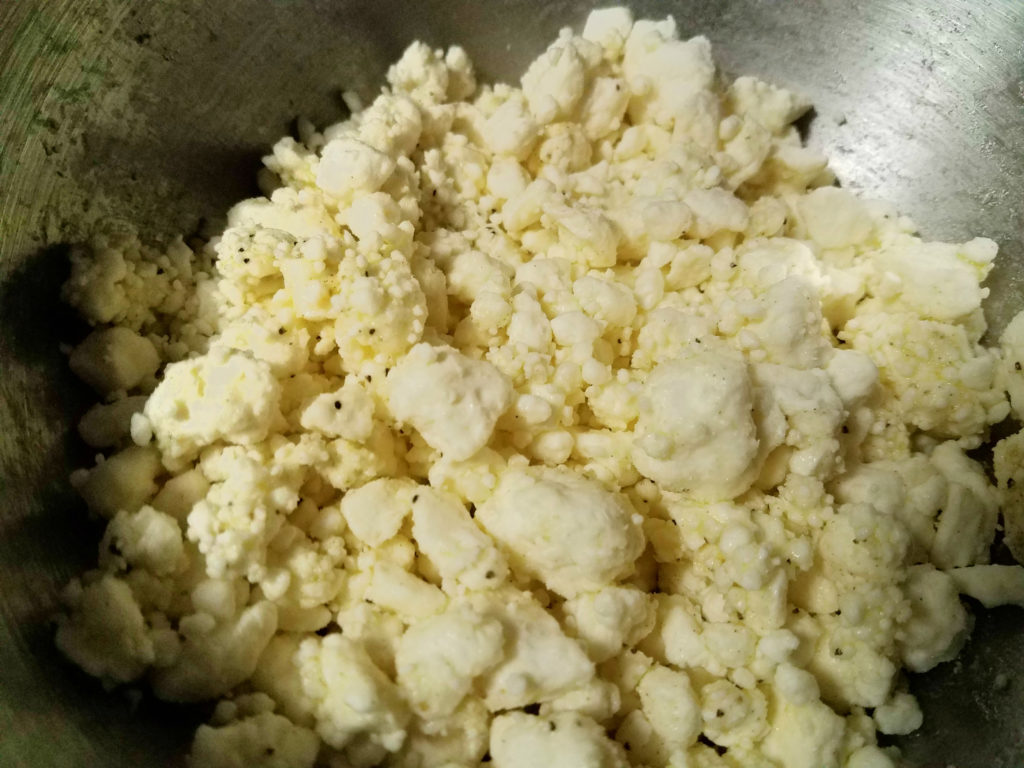
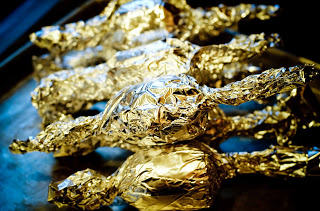
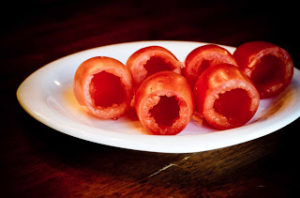
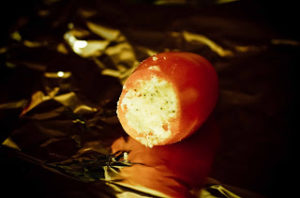

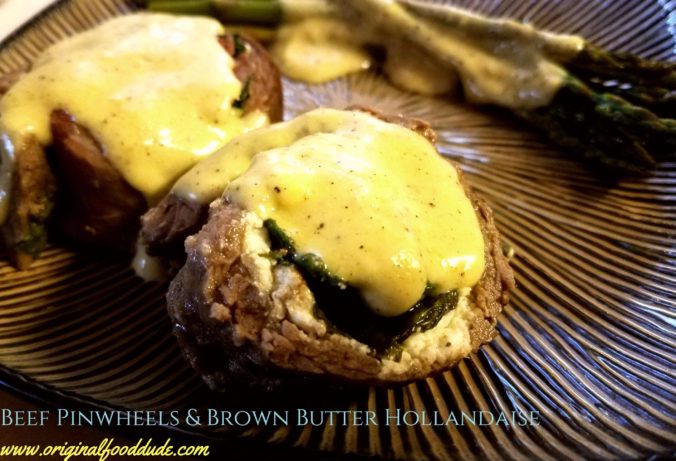
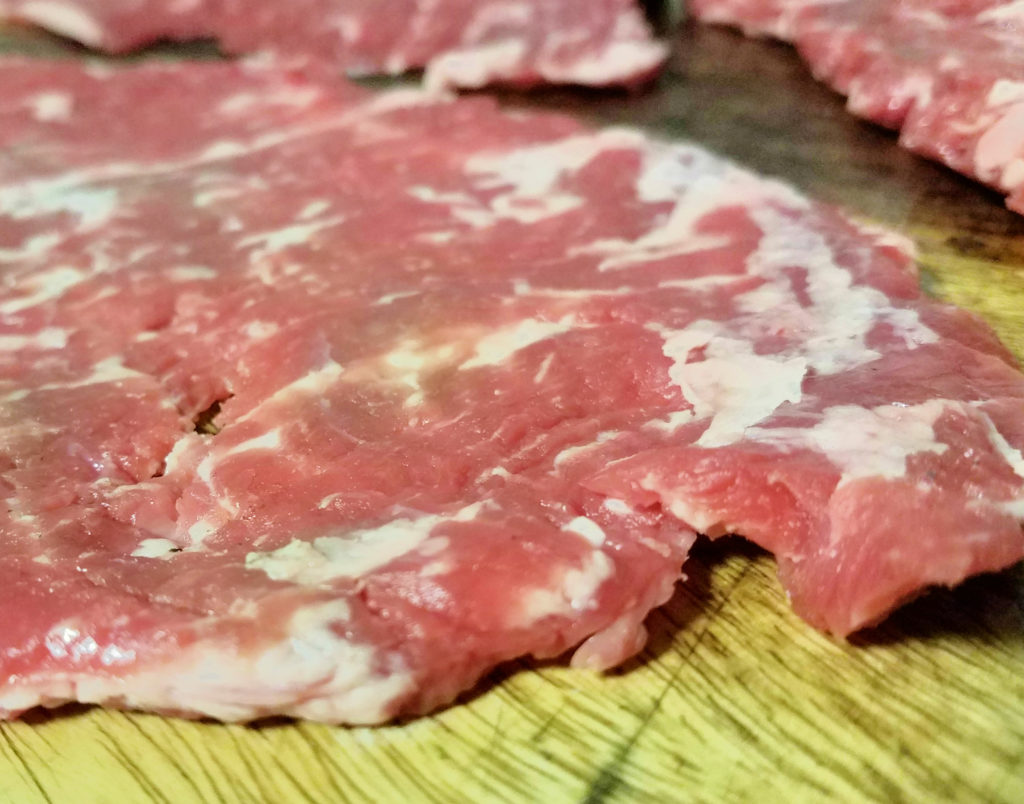

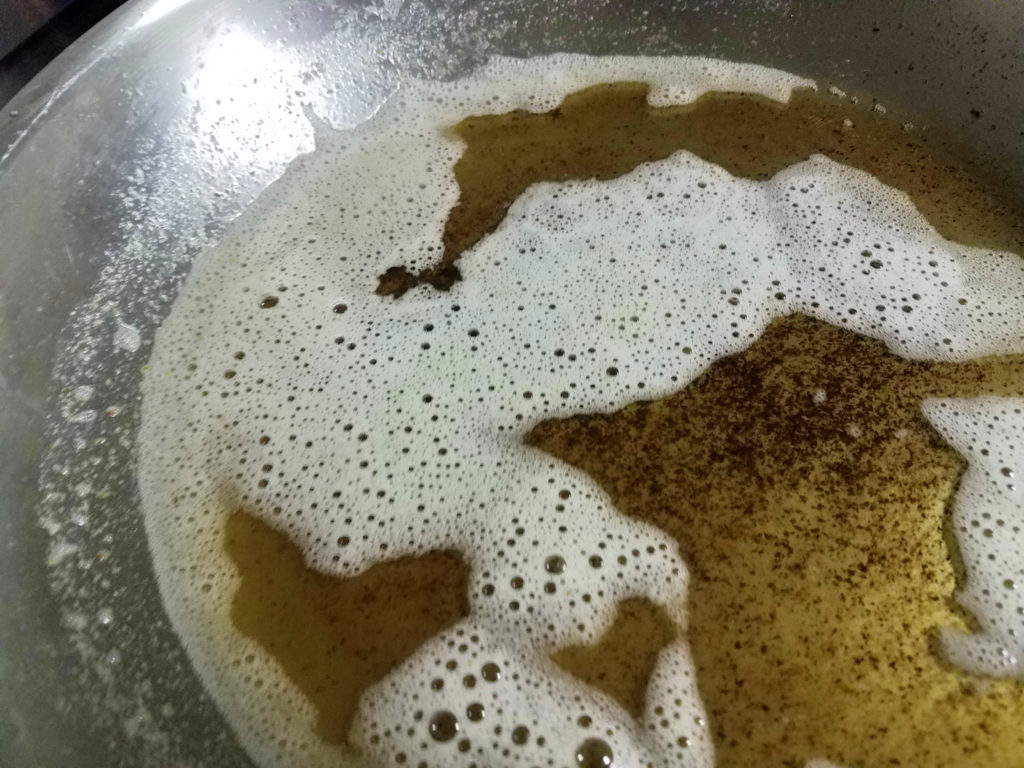
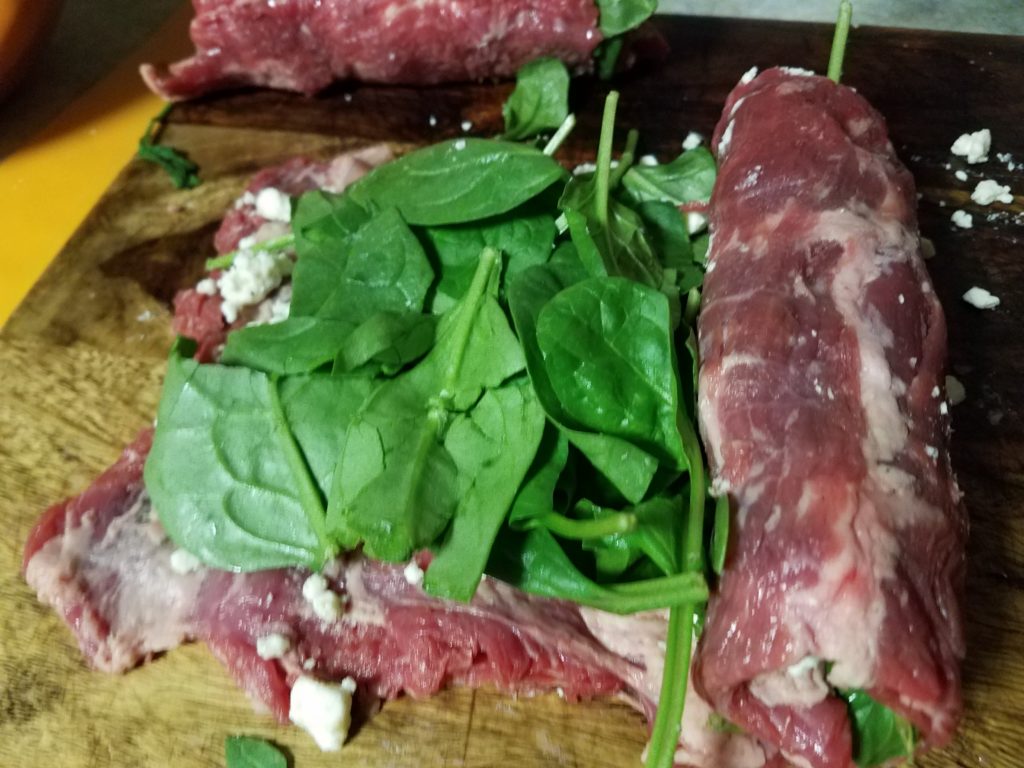
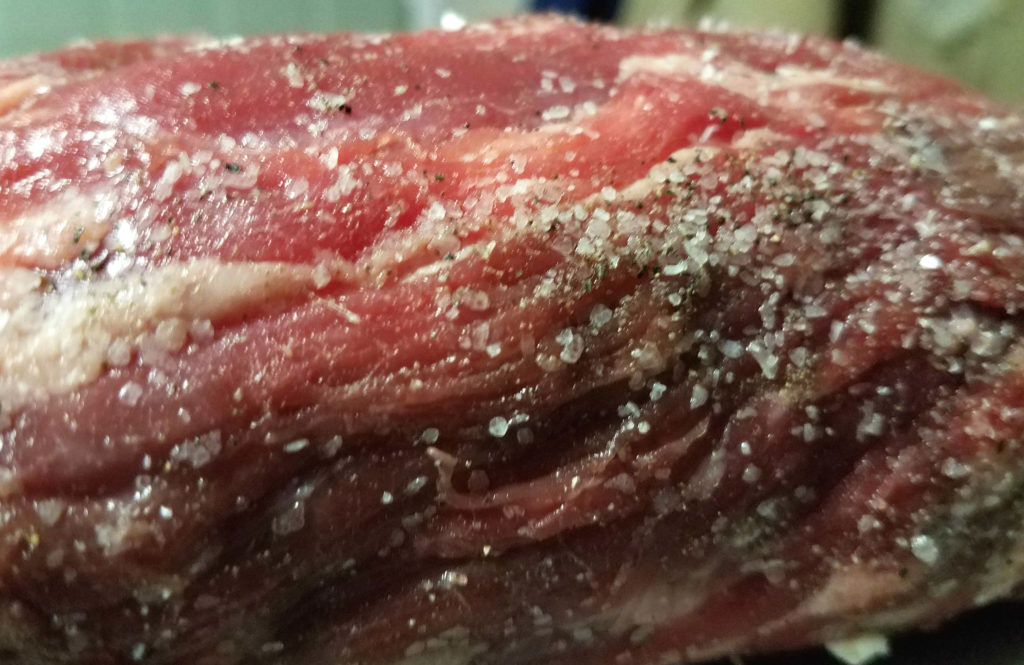
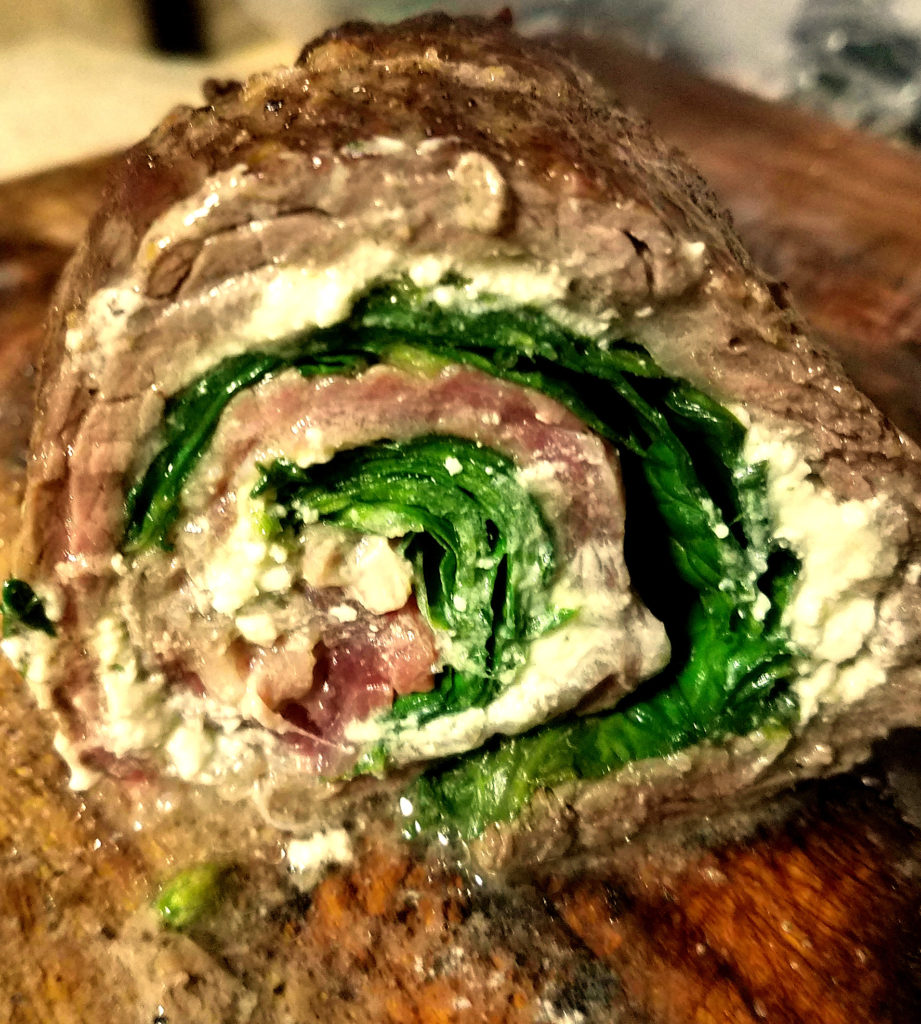
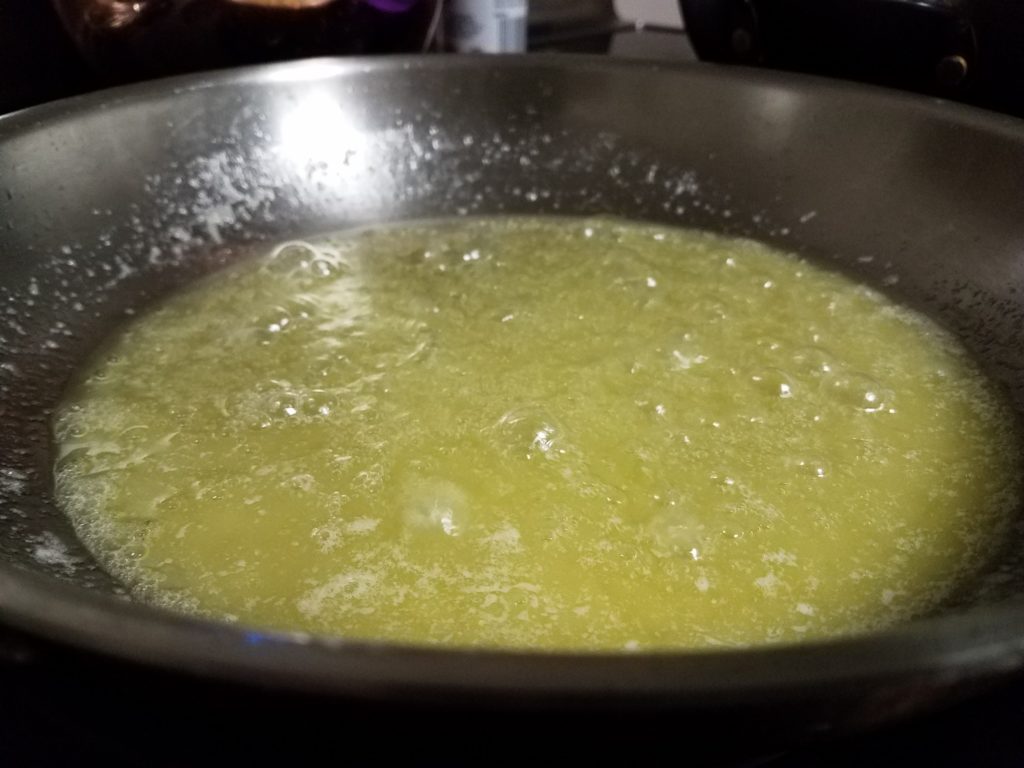
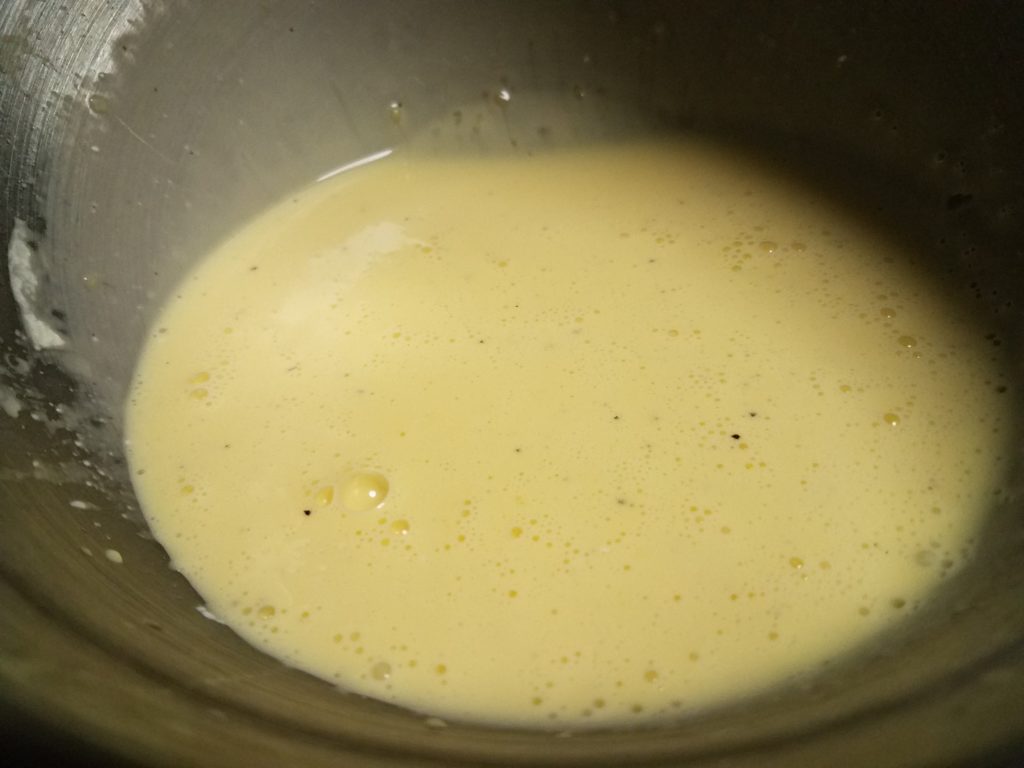
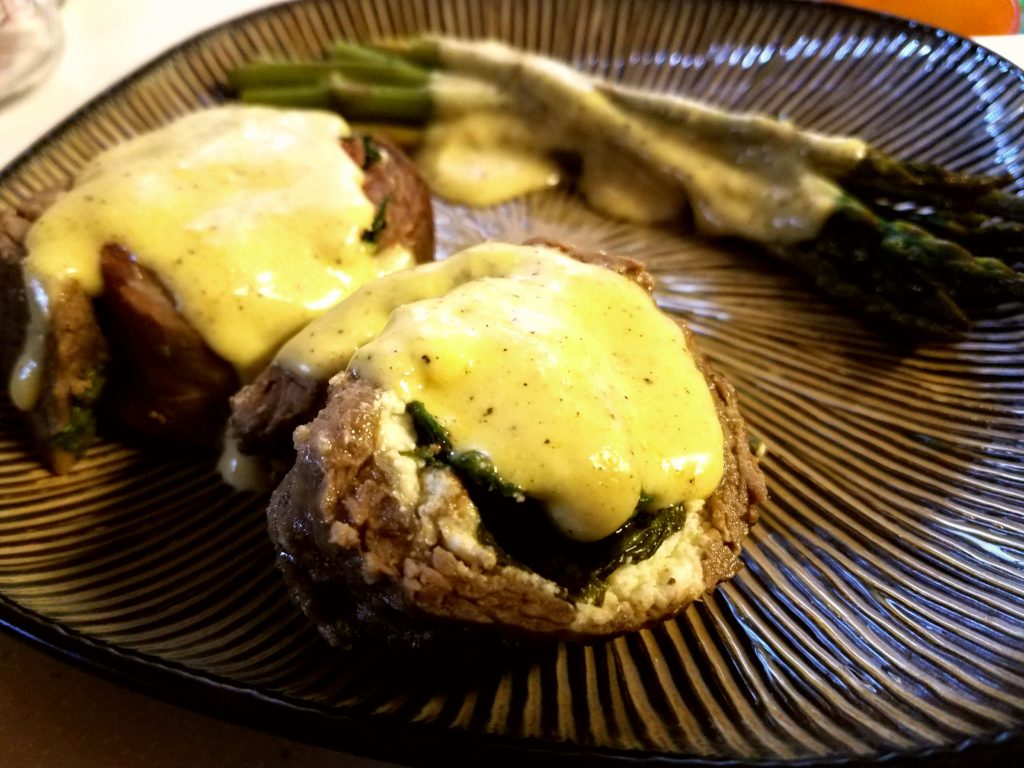

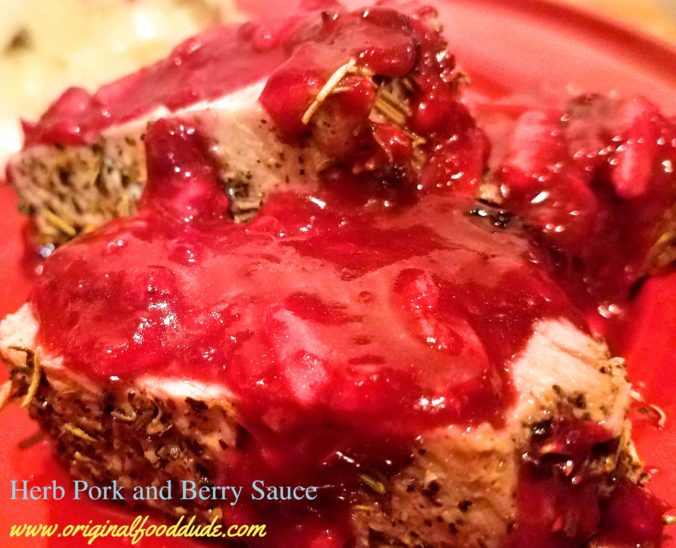
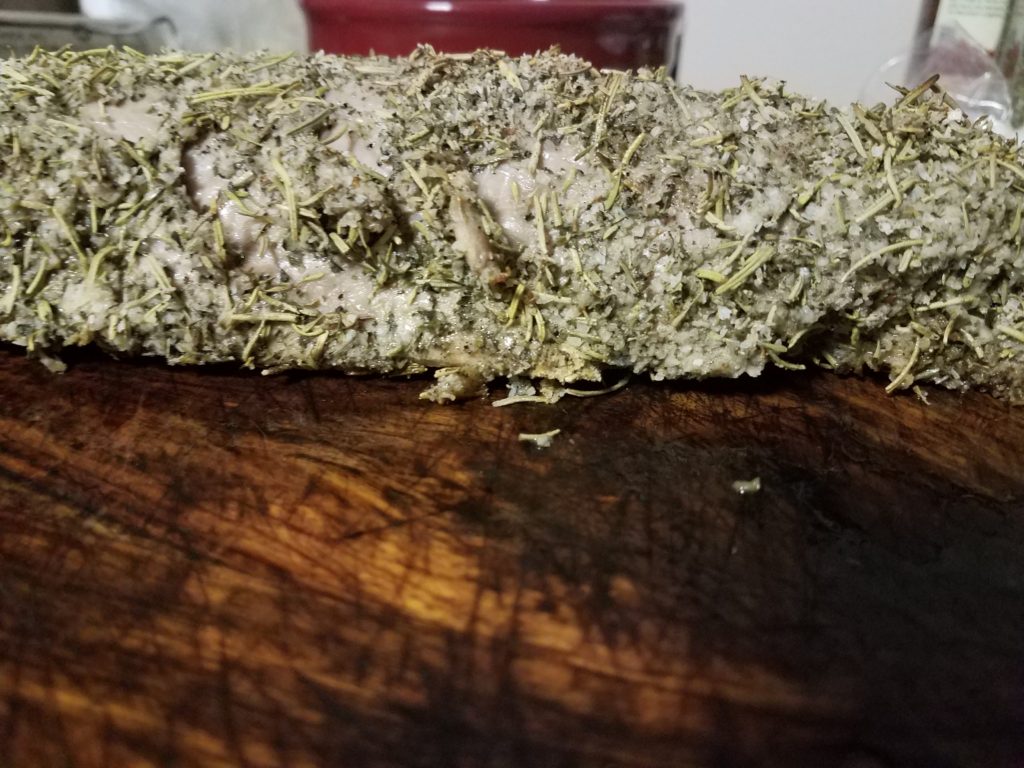

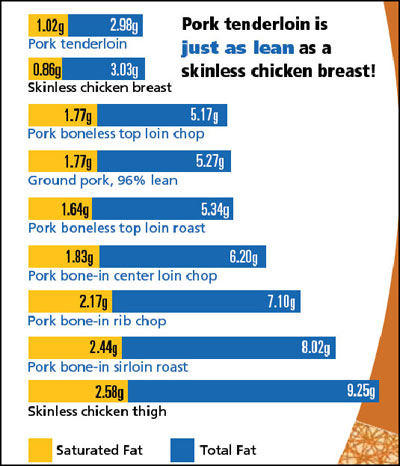

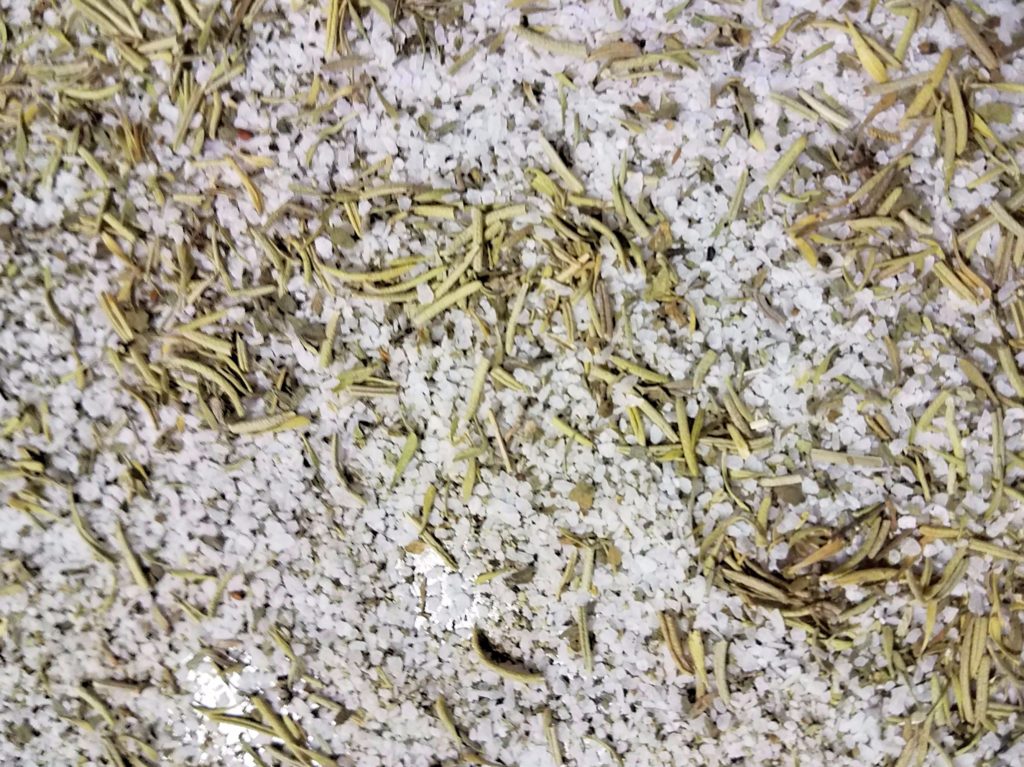
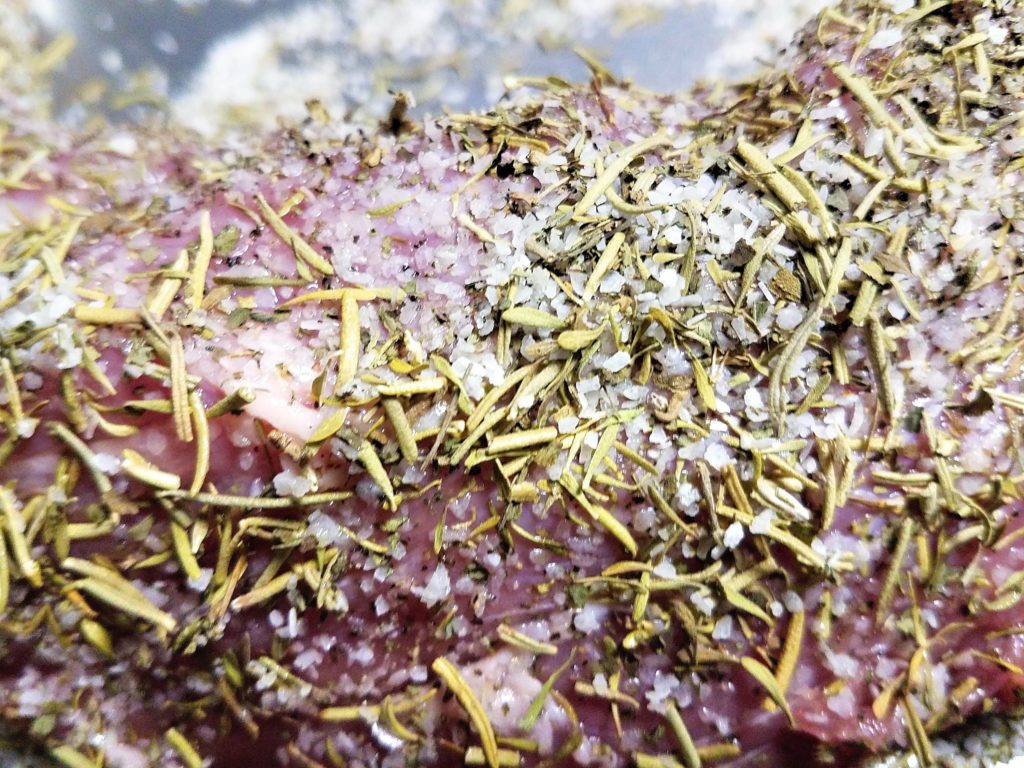
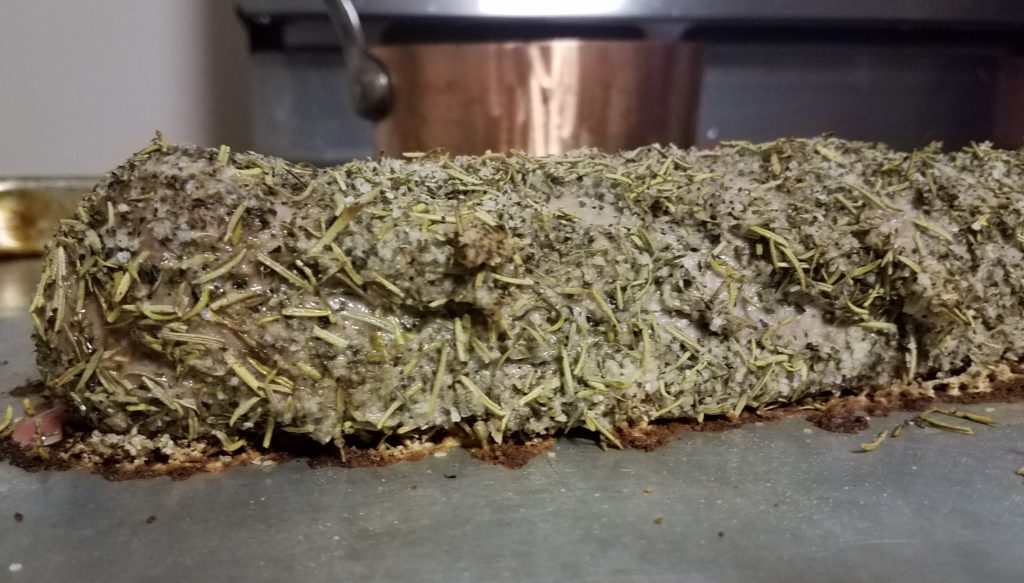
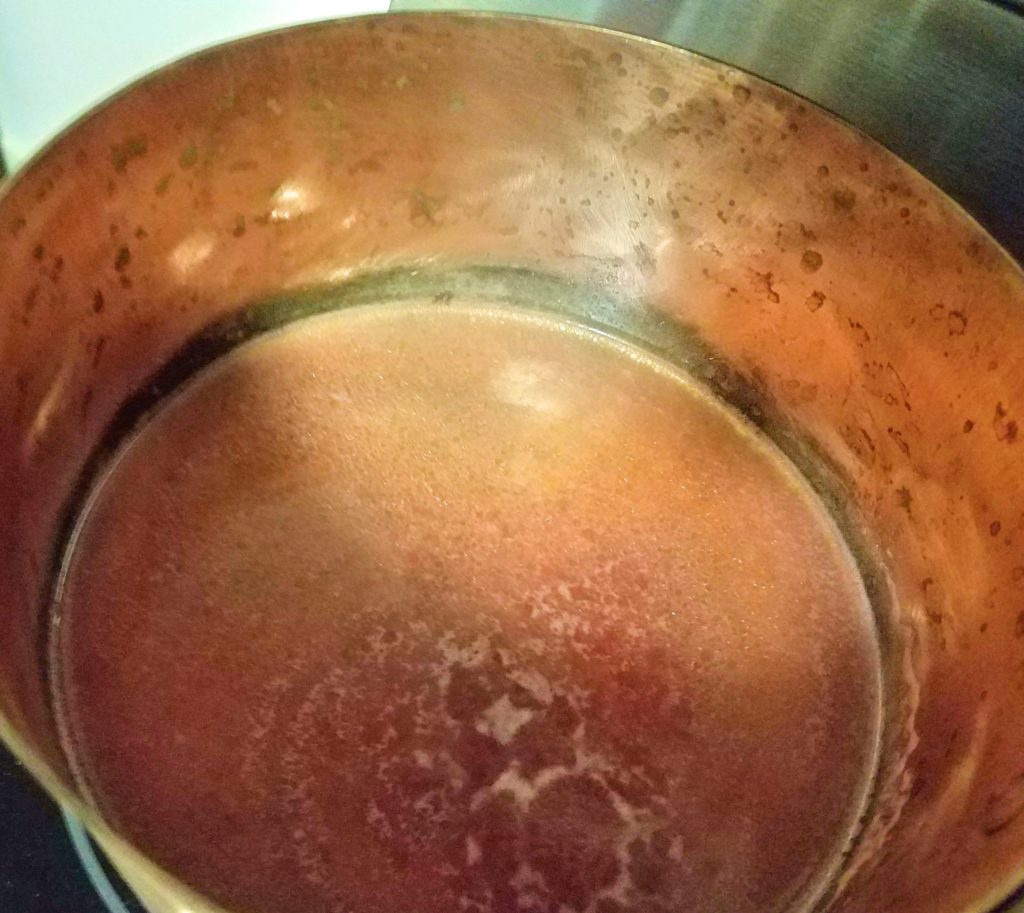
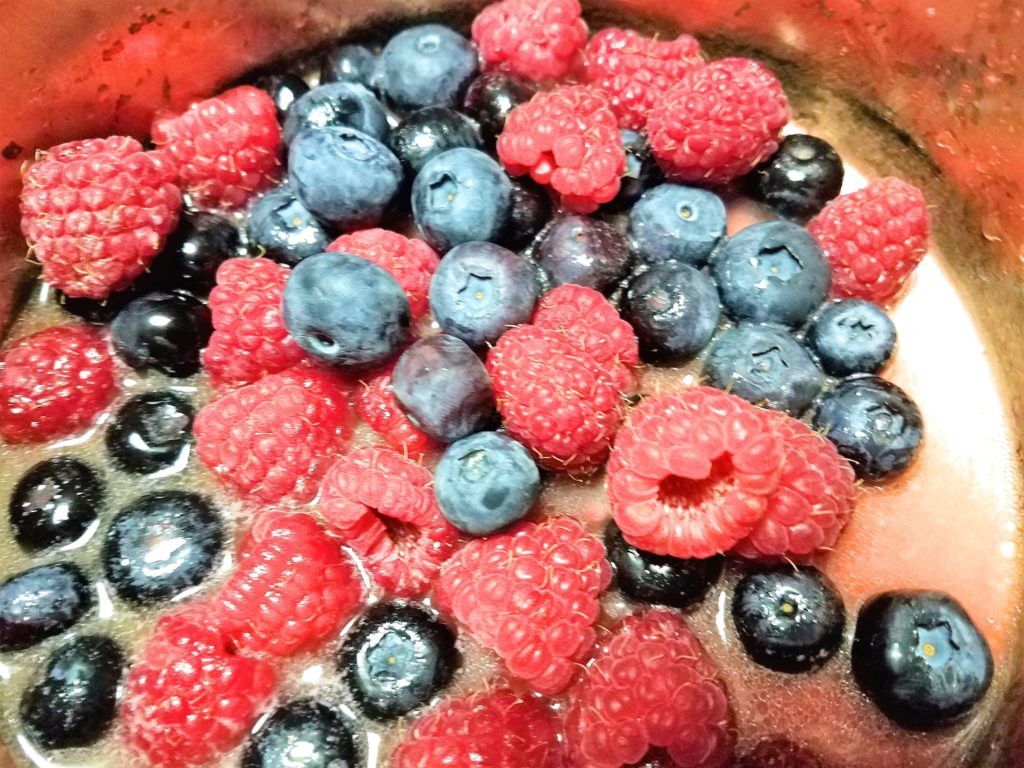
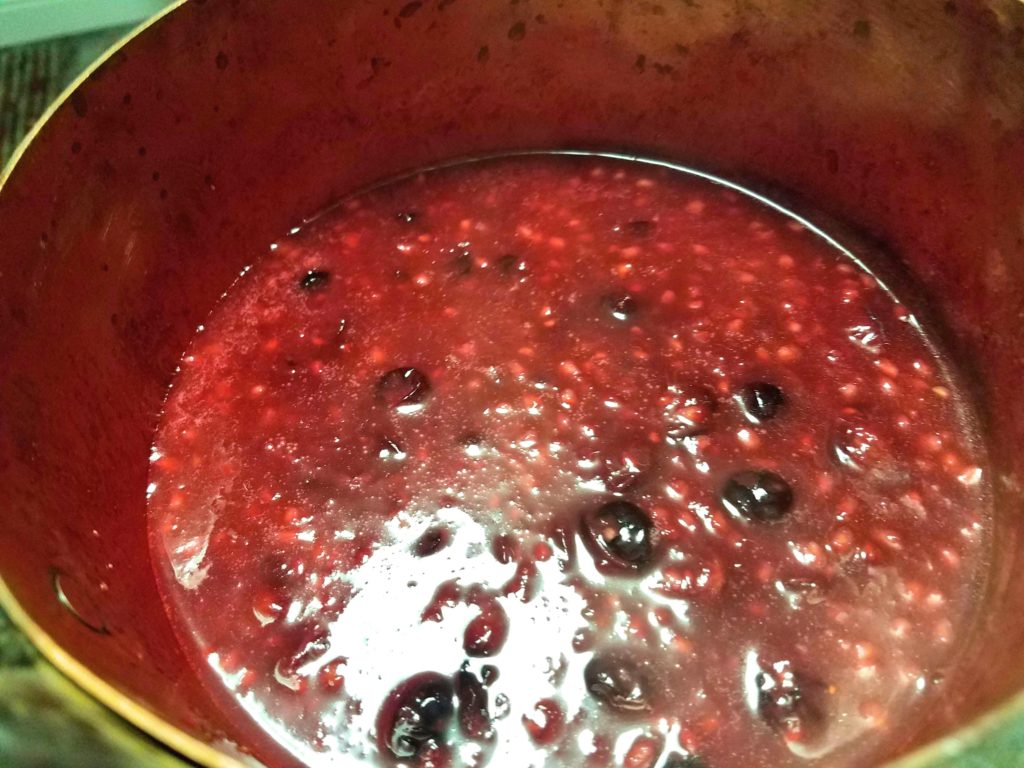
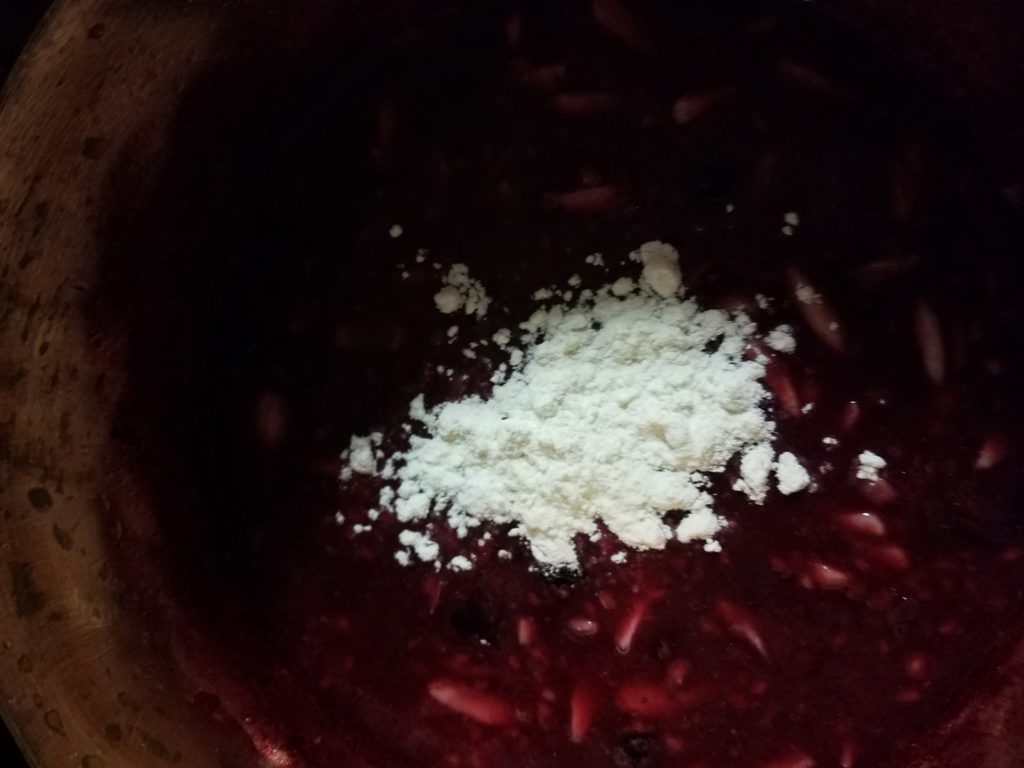
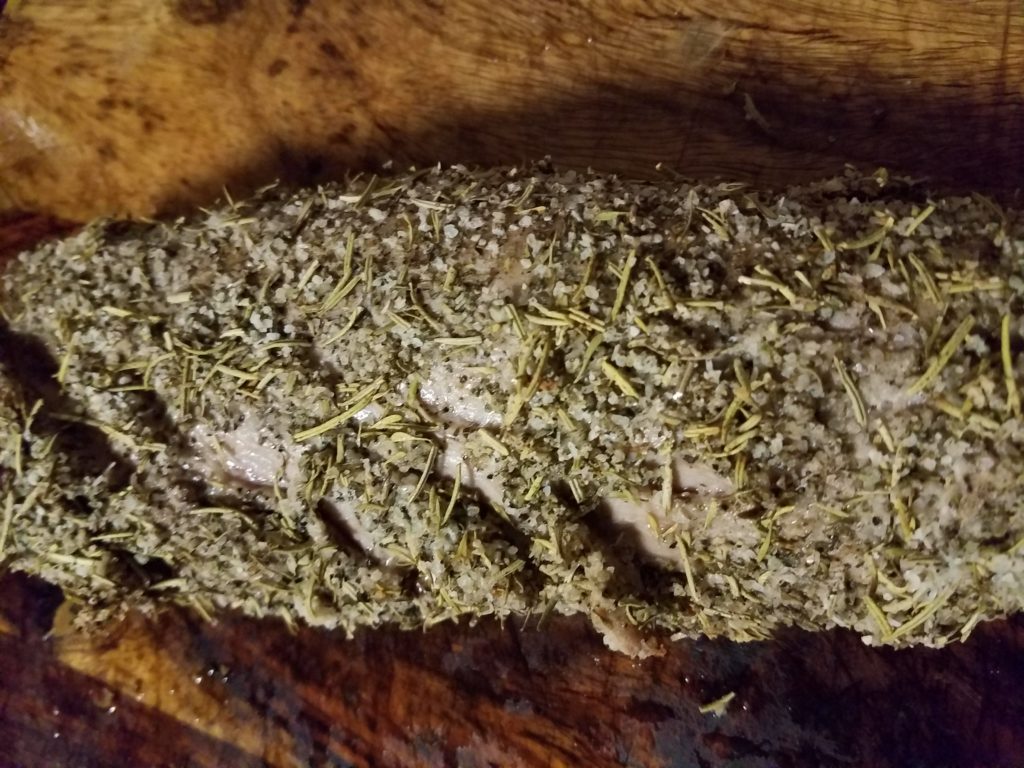
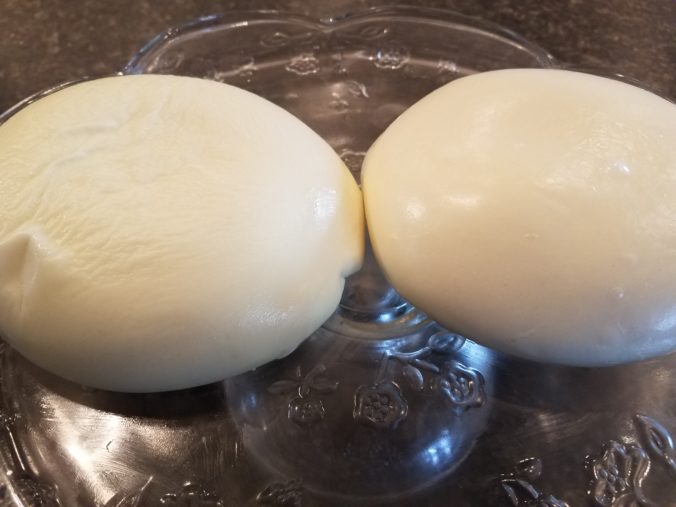


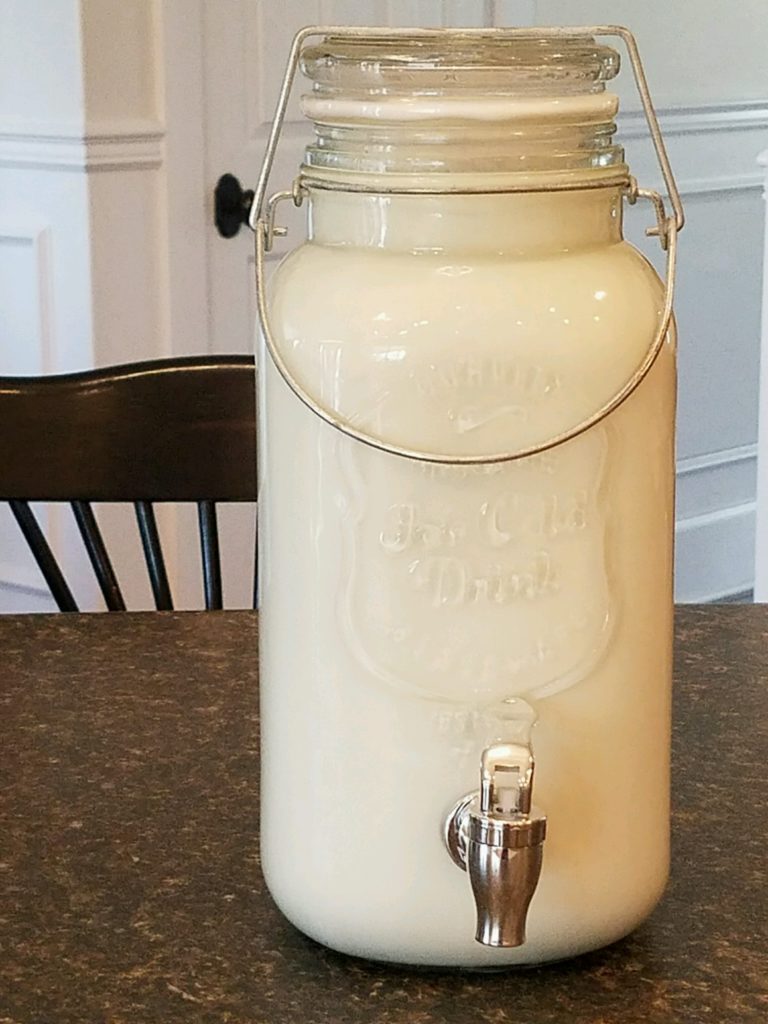


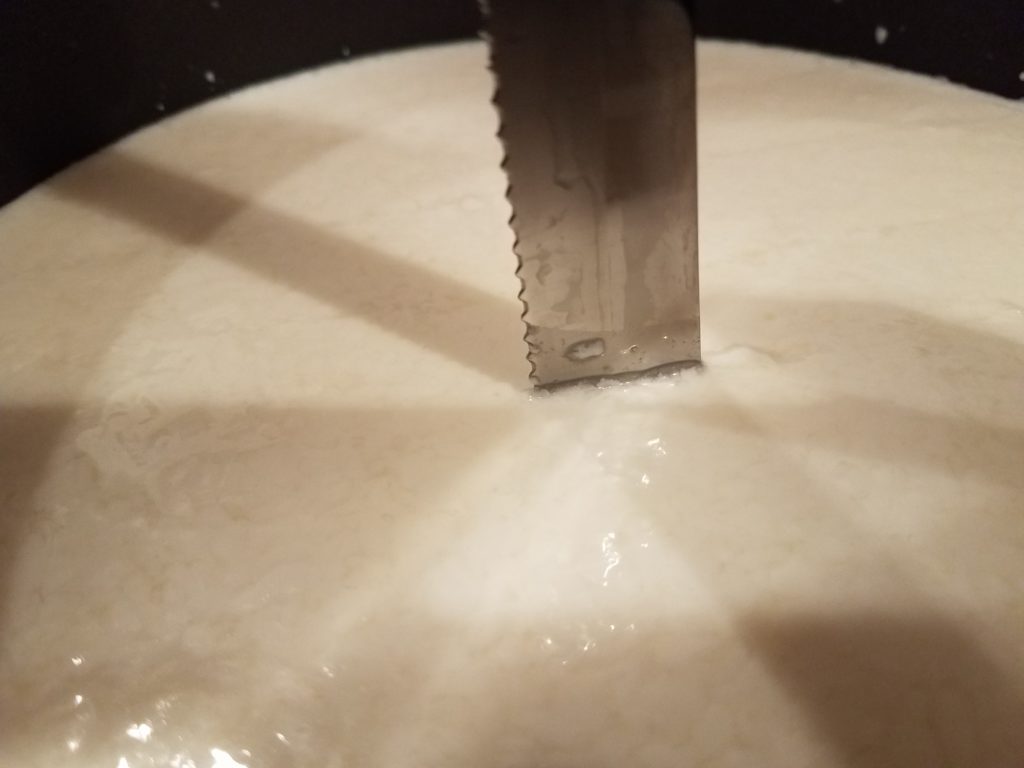
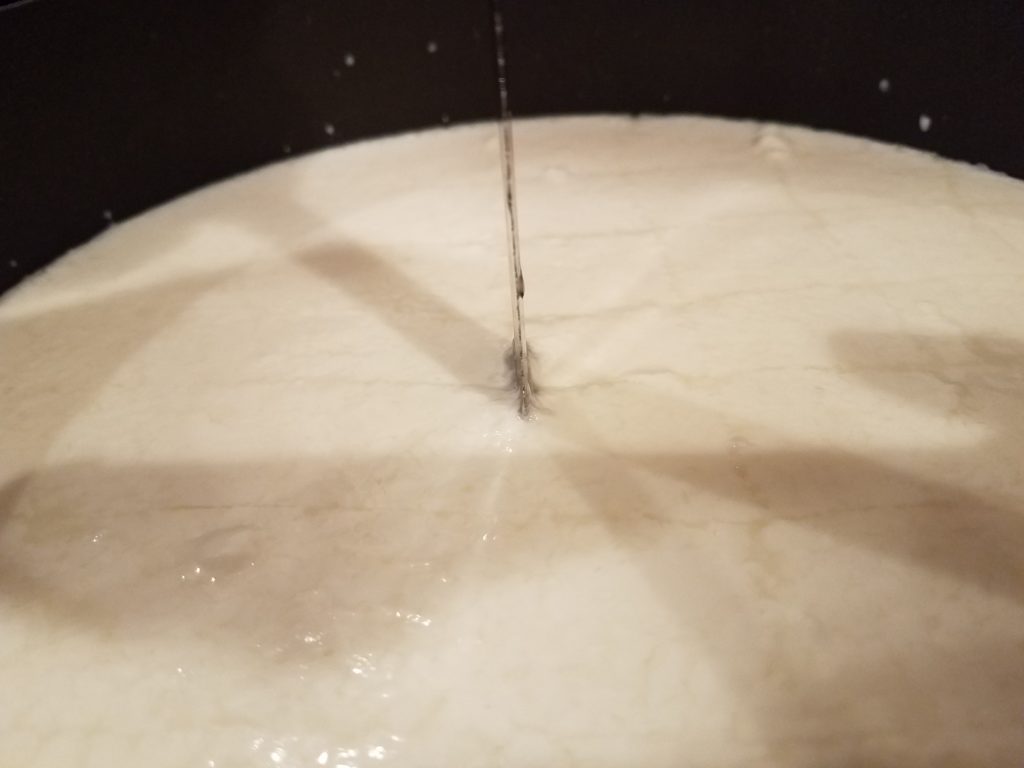
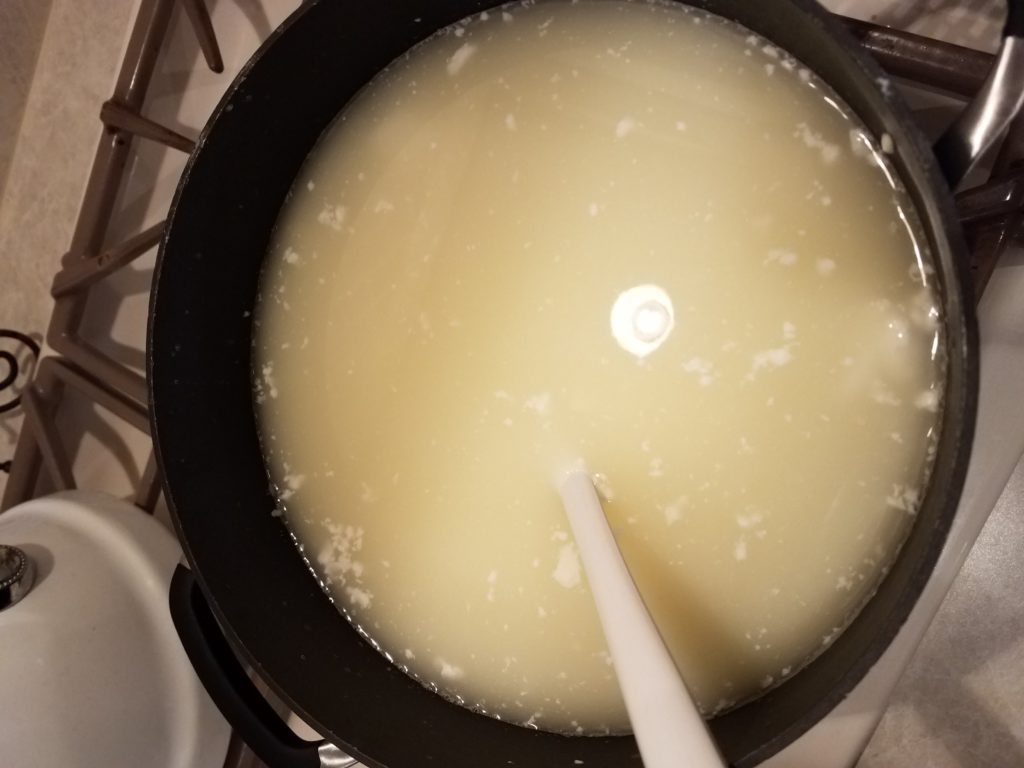
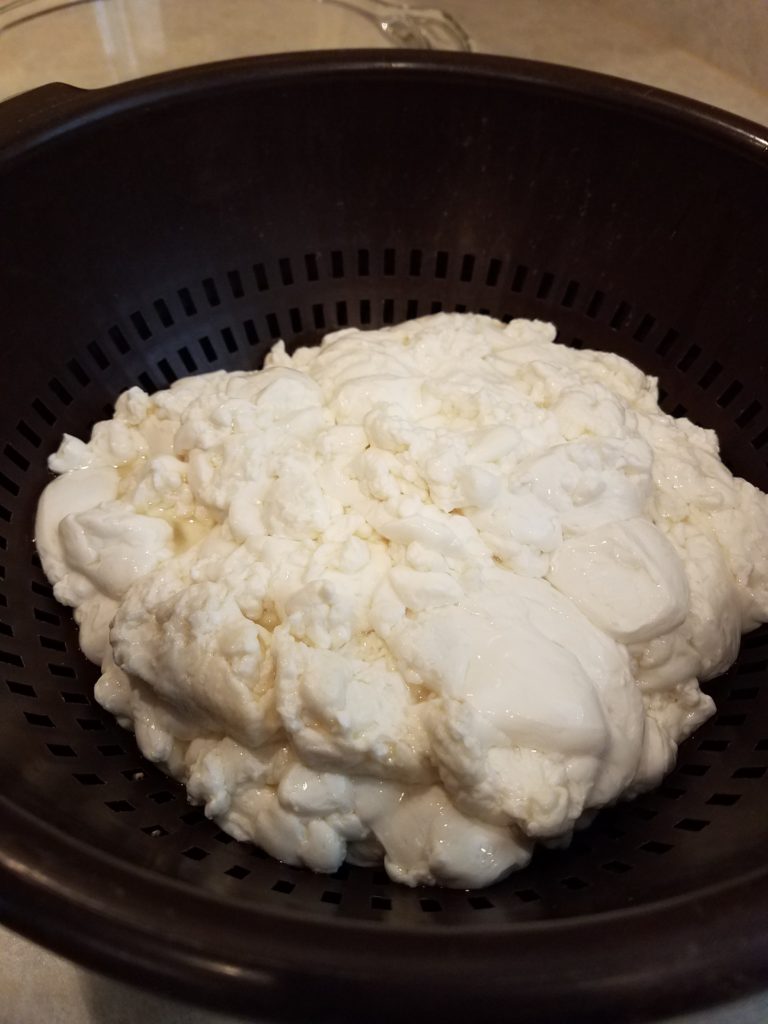
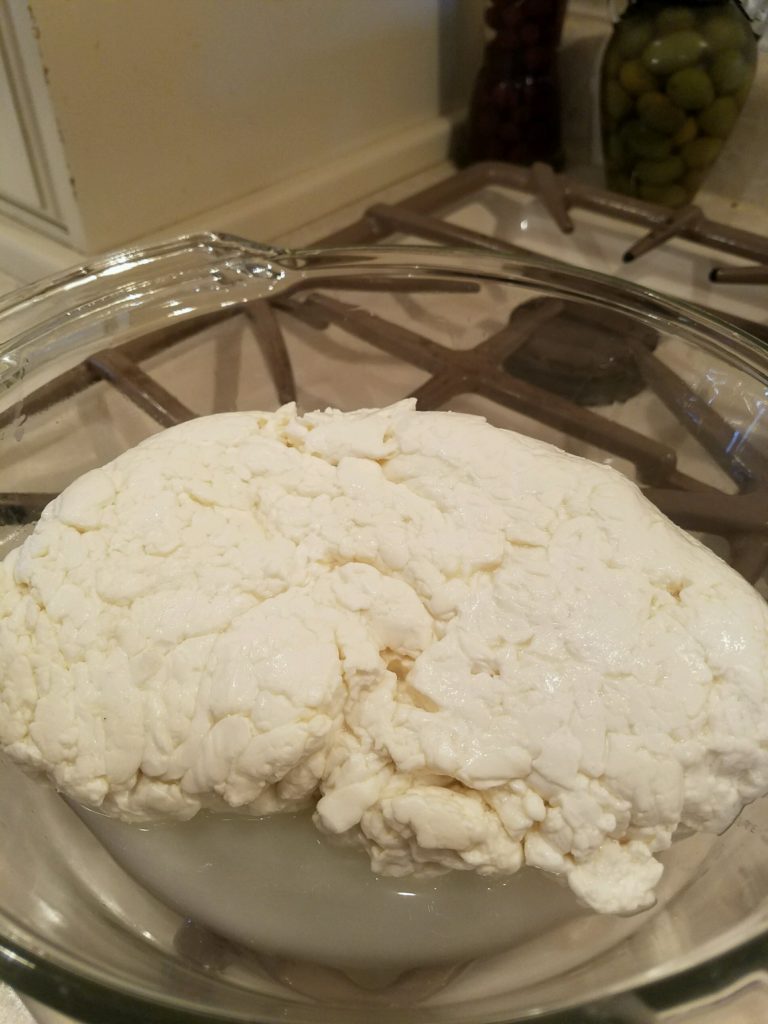
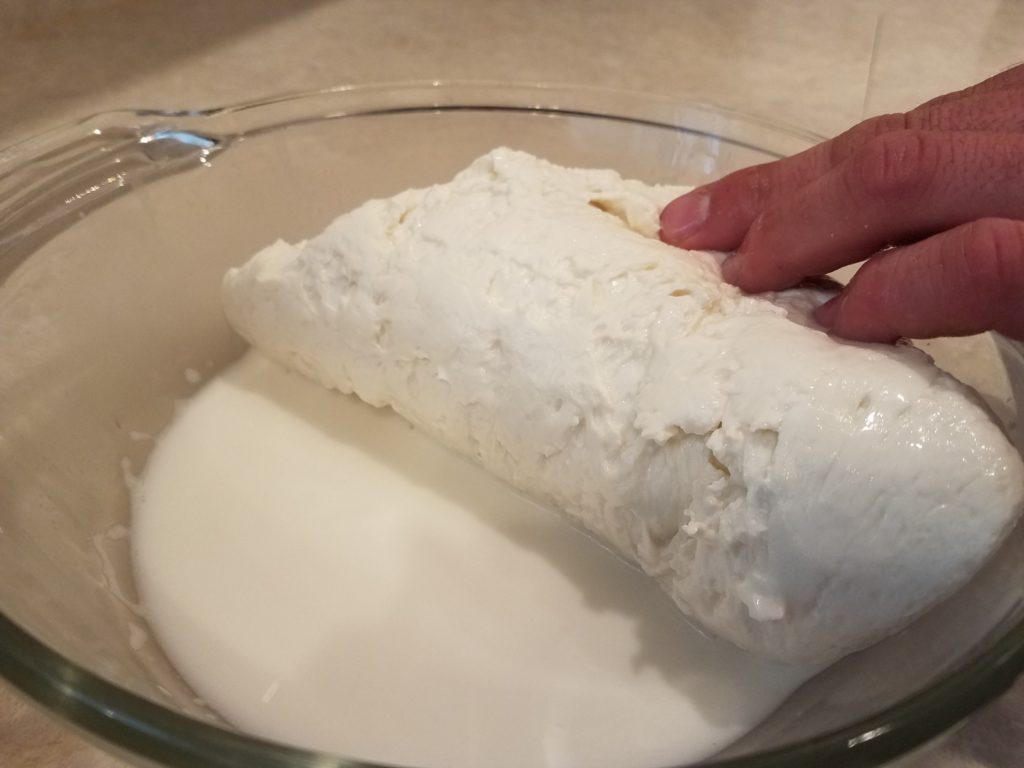
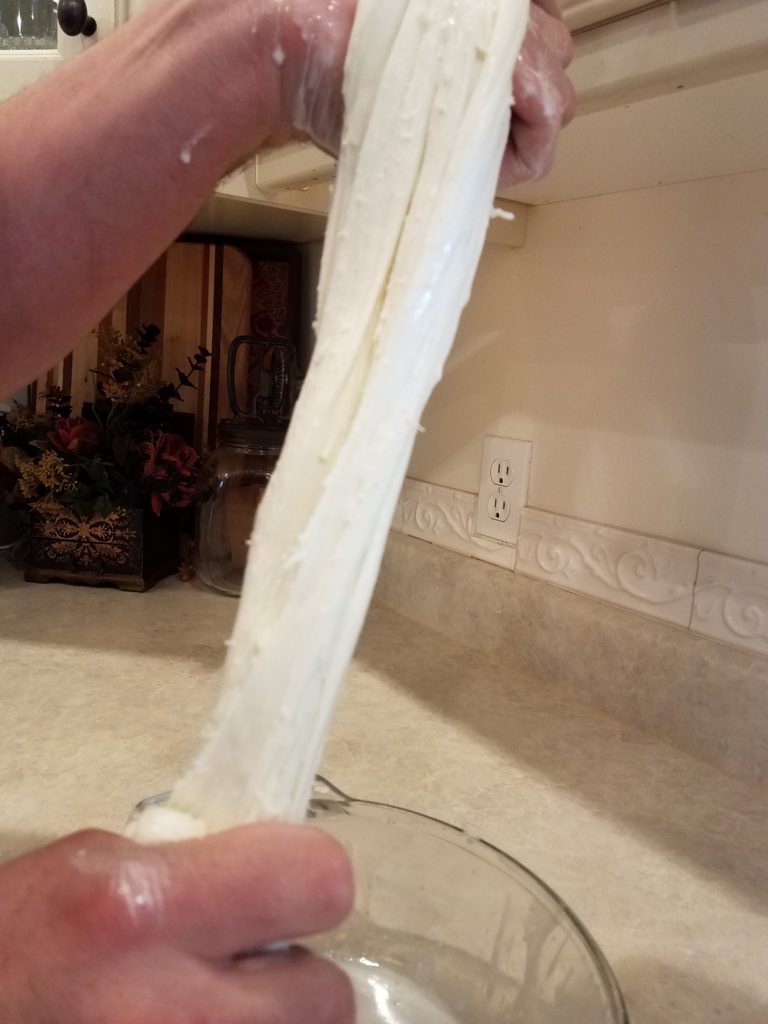
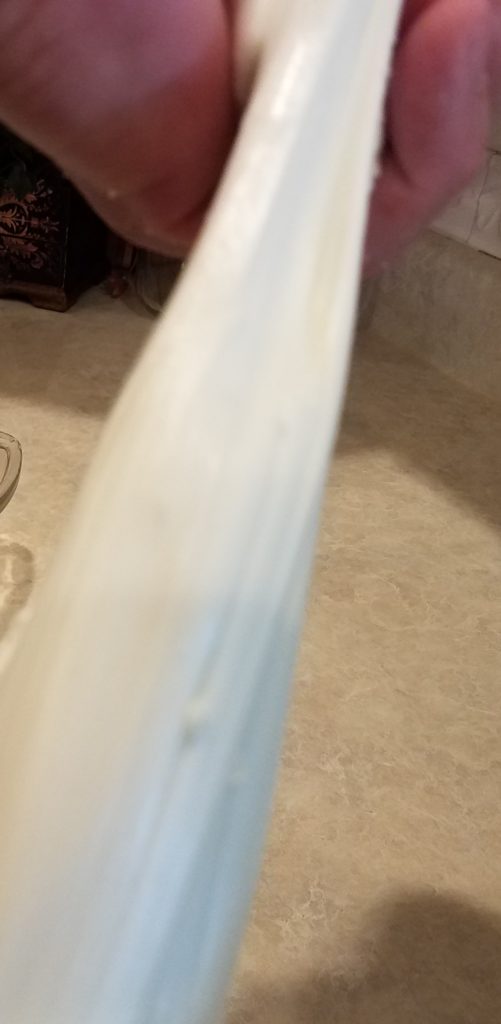
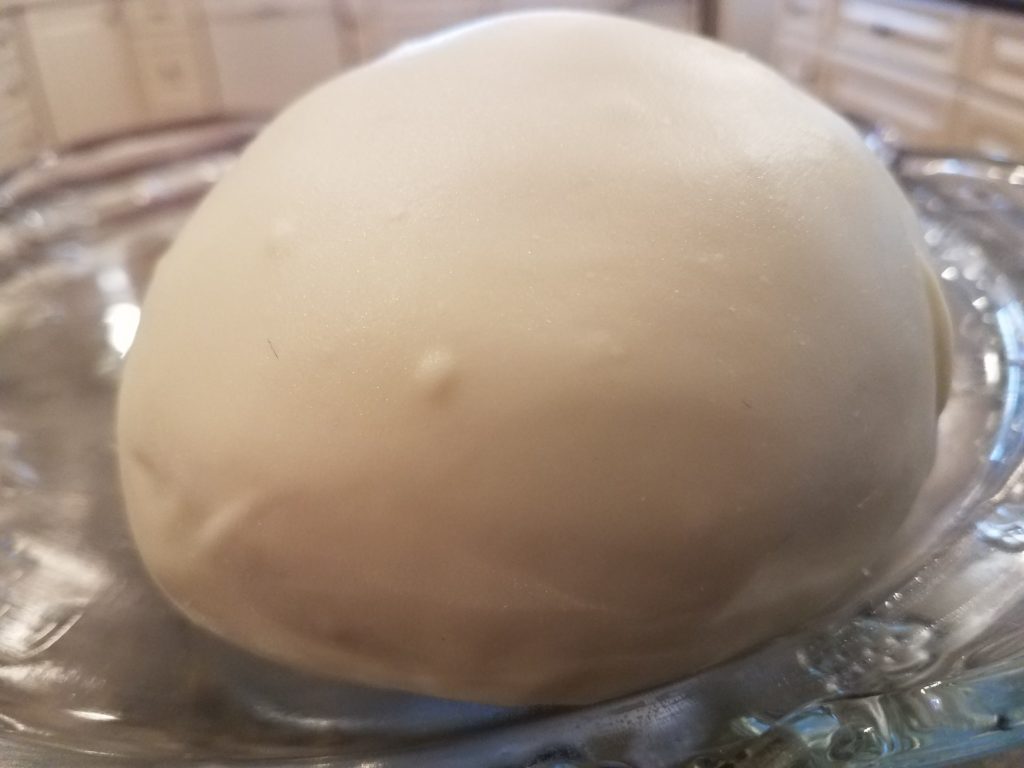





Comments